Choosing the right shower system can significantly enhance your daily routine.
A key component to consider is the pressure balance valve.
But what is a pressure balanced shower system?
Simply put, it's a system that maintains a consistent water temperature, regardless of fluctuations in the hot or cold water supply. This is achieved through the use of a pressure balance valve.
In this guide, we'll delve into the benefits of choosing a shower system with a pressure balance valve. Whether you're dealing with a shower head for a low pressure system or a high pressure shower system, this component can make a world of difference.
Understanding Pressure Balance Valves

A pressure balance valve is a crucial part of your shower system.
It's designed to maintain a constant water temperature, regardless of changes in the pressure of hot or cold water.
This feature is particularly useful in homes where water usage can vary, such as when someone flushes a toilet or turns on a dishwasher while the shower is running.
What is a Pressure Balance Valve?
A pressure balance valve is a device that controls the mix of hot and cold water in your shower.
It ensures that the water temperature remains constant, even when the pressure of either the hot or cold water supply changes.
This means you won't experience sudden changes in shower temperature, providing a more comfortable and safer shower experience.
How Does a Pressure Balance Valve Work?
The pressure balance valve works by automatically adjusting the flow of hot and cold water.
It does this through a spool or piston mechanism that reacts to changes in the pressure of the water supply.
When the pressure of one water source drops, the valve reduces the pressure of the other to maintain a consistent temperature.
The Benefits of a Pressure Balance Shower System

A pressure balance shower system offers several benefits that enhance your shower experience.
It provides consistent water temperature, prevents scalding and thermal shock, and is ideal for homes with fluctuating water pressures.
These benefits make it a valuable addition to any bathroom.
Consistent Water Temperature
One of the main benefits of a pressure balance shower system is consistent water temperature.
This means that your shower temperature remains steady, even when other water sources in the house are in use.
You won't have to worry about sudden cold or hot bursts of water.
This consistency provides a more comfortable and enjoyable shower experience.
Scalding and Thermal Shock Prevention
Pressure balance valves are designed to prevent scalding and thermal shock.
Scalding can occur when the water temperature suddenly increases, while thermal shock happens when it drops unexpectedly.
These sudden changes can be dangerous, especially for children and the elderly.
A pressure balance valve eliminates these risks, making your shower safer for everyone.
Ideal for Fluctuating Water Pressures
If your home experiences fluctuating water pressures, a pressure balance shower system can be a game-changer.
It ensures that your shower performance remains consistent, regardless of changes in water pressure.
This means you can enjoy a steady and reliable shower, even when the water pressure in your home is less than ideal.
This feature is particularly beneficial for multi-user households where water usage can vary throughout the day.
Choosing the Right Shower Head for Your Pressure Balance System
Choosing the right shower head for your pressure balance system is crucial.
The shower head you select can significantly impact your shower experience.
It can also affect the efficiency and performance of your pressure balance valve.
Low Pressure Systems: Enhancing Your Shower Experience
For low pressure systems, a shower head designed to maximize water flow can enhance your shower experience.
These shower heads can make the most of the available water pressure.
They can provide a satisfying shower even when the water pressure is low.
High Pressure Systems: Maximizing Efficiency
For high pressure systems, a shower head that can handle the pressure is essential.
These shower heads can withstand high water pressure without compromising performance.
They can also help to maximize the efficiency of your pressure balance valve.
Installation and Maintenance of Pressure Balance Valves
Installing a pressure balance valve requires careful planning.
It's crucial to ensure compatibility with your existing shower system.
Installation Considerations
The installation process may vary depending on the type of shower system you have.
It's best to consult with a professional plumber to ensure proper installation.
Incorrect installation can lead to performance issues and potential damage.
Maintenance and Durability
Pressure balance valves are generally durable and require minimal maintenance.
However, regular checks can help ensure they continue to function optimally.
If issues arise, most pressure balance valves can be easily repaired or replaced.
Cost and Environmental Impact
Investing in a pressure balance valve can have financial and environmental implications.
While the upfront cost may be higher, the long-term benefits are significant.
Long-term Savings and Utility Bills
A pressure balance valve can help reduce your utility bills.
By maintaining a consistent water temperature, it prevents wastage of hot water.
Water Conservation and Environmental Benefits
Pressure balance valves contribute to water conservation.
By preventing sudden surges of water, they help reduce overall water usage, making your home more environmentally friendly.
Final Thought: Making the Informed Choice
Choosing a shower system with a pressure balance valve is a smart decision.
It not only enhances your shower experience but also contributes to water conservation.
With its long-term cost savings and safety features, it's a worthy investment for any homeowner.
Make an informed choice and enjoy the benefits of a pressure balance shower system.

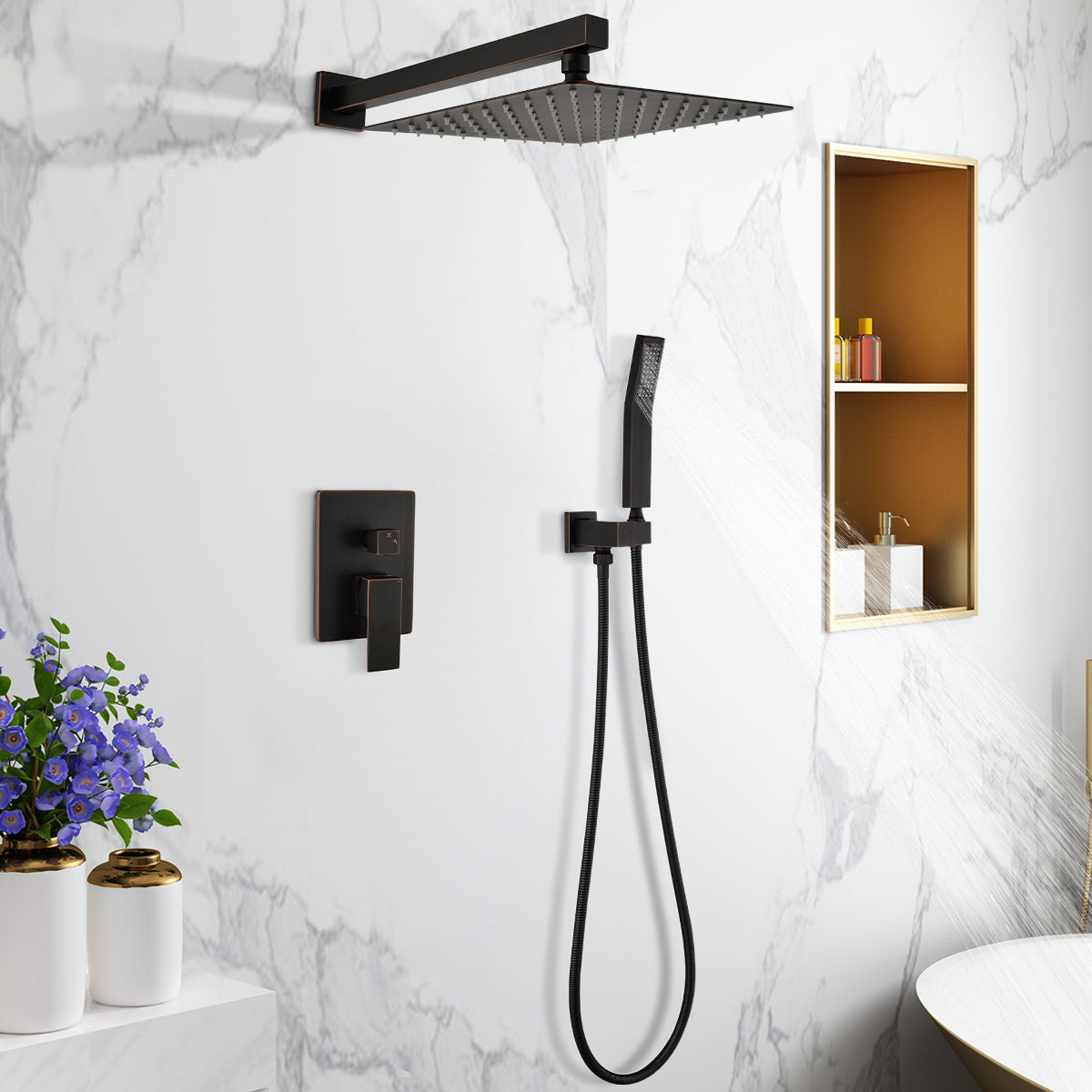
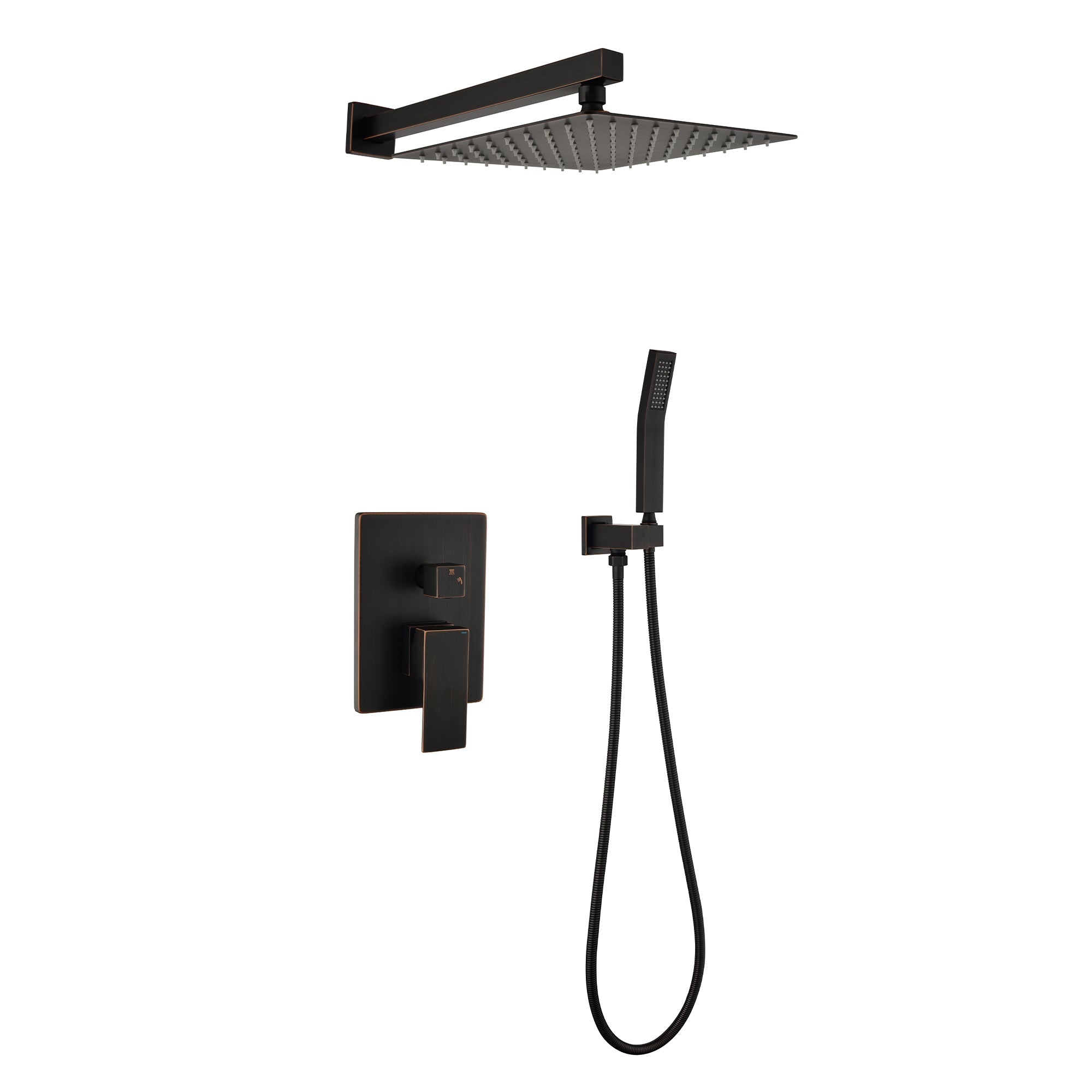


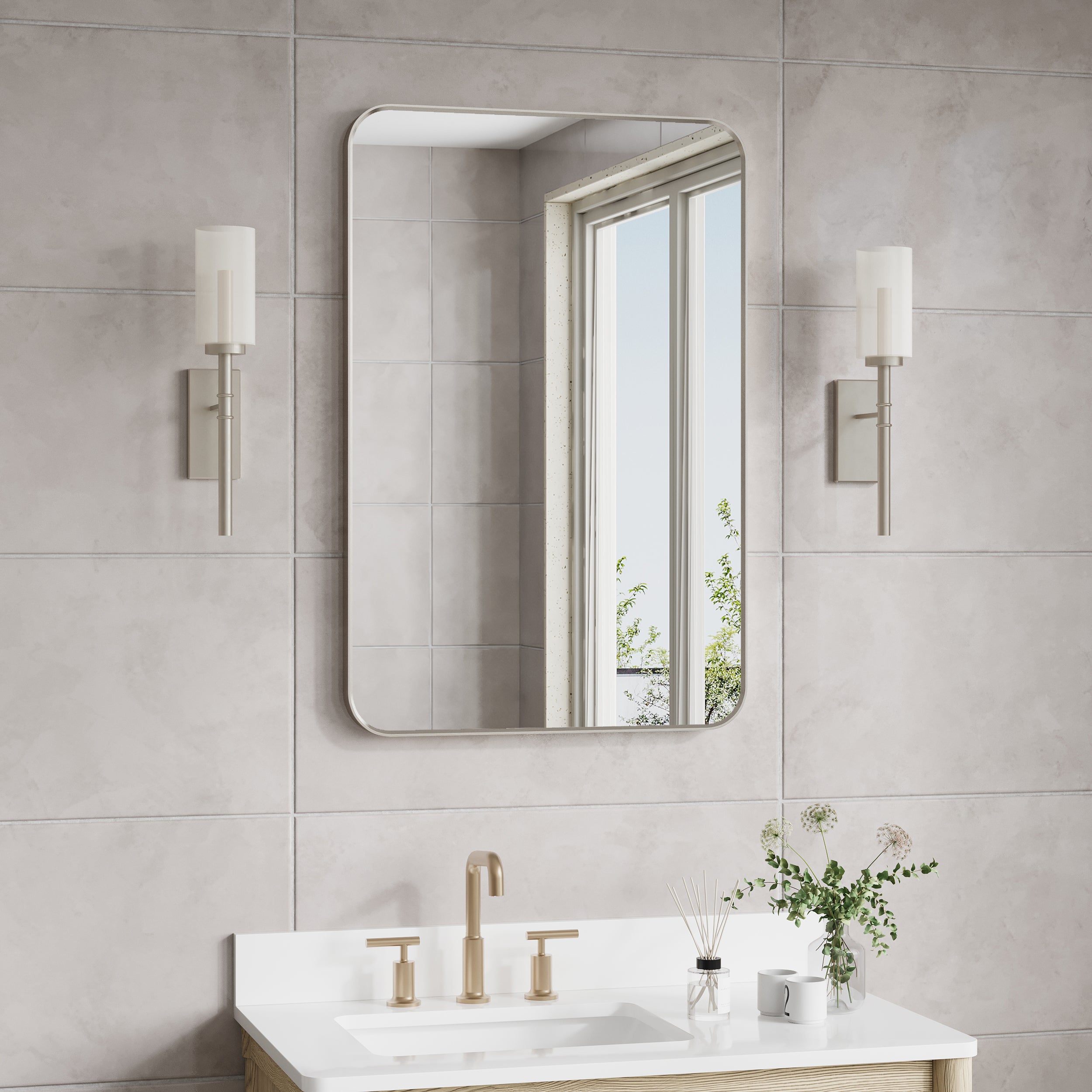
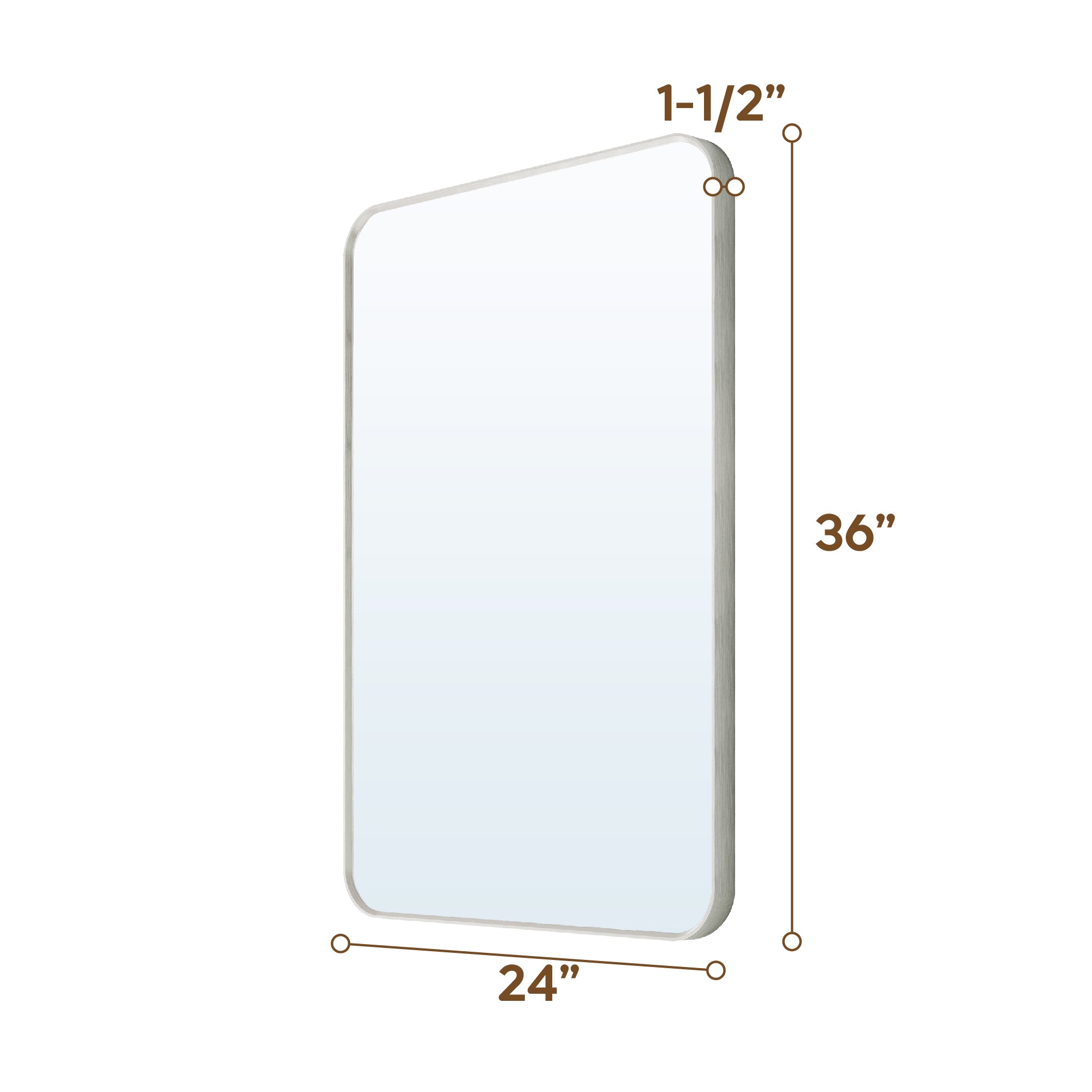
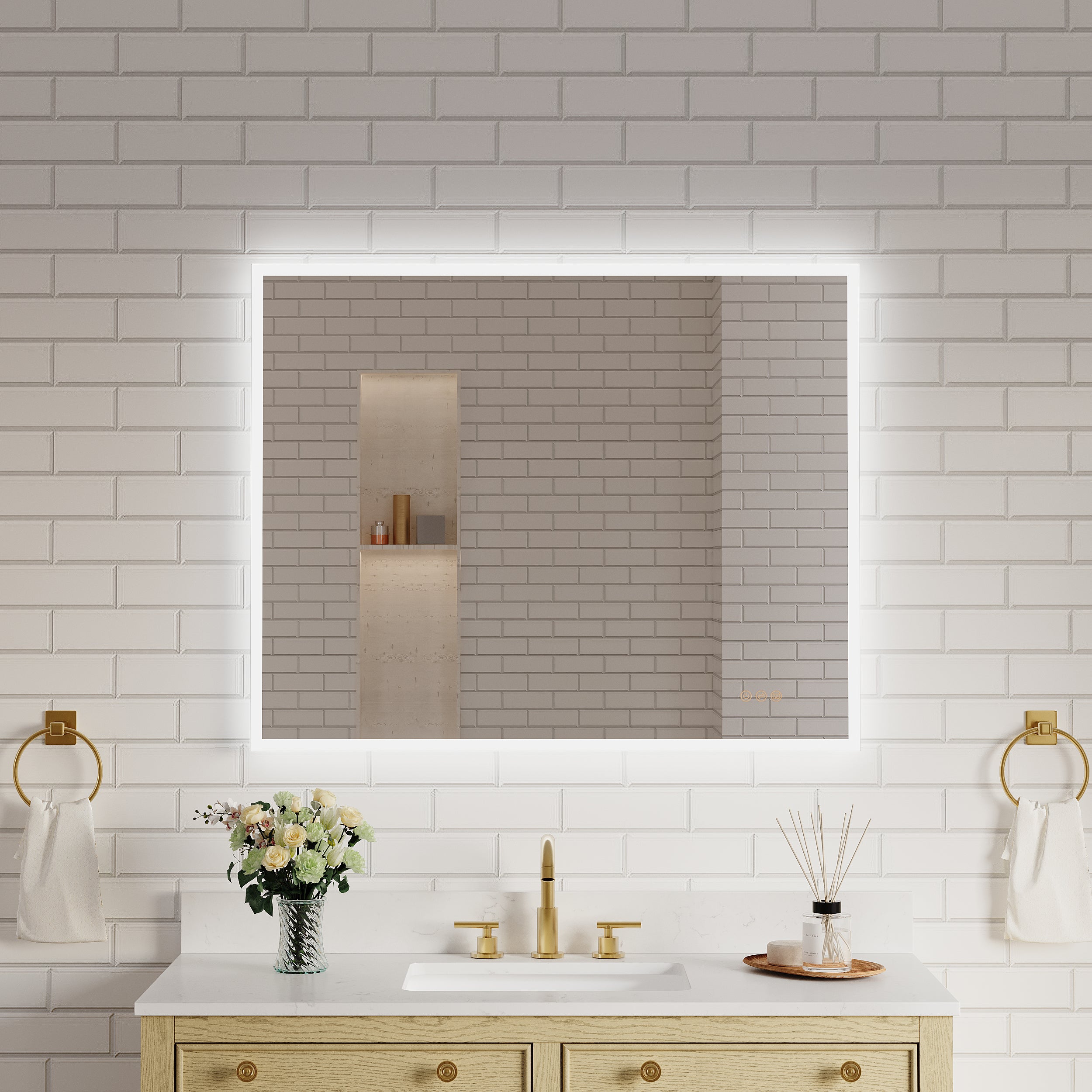

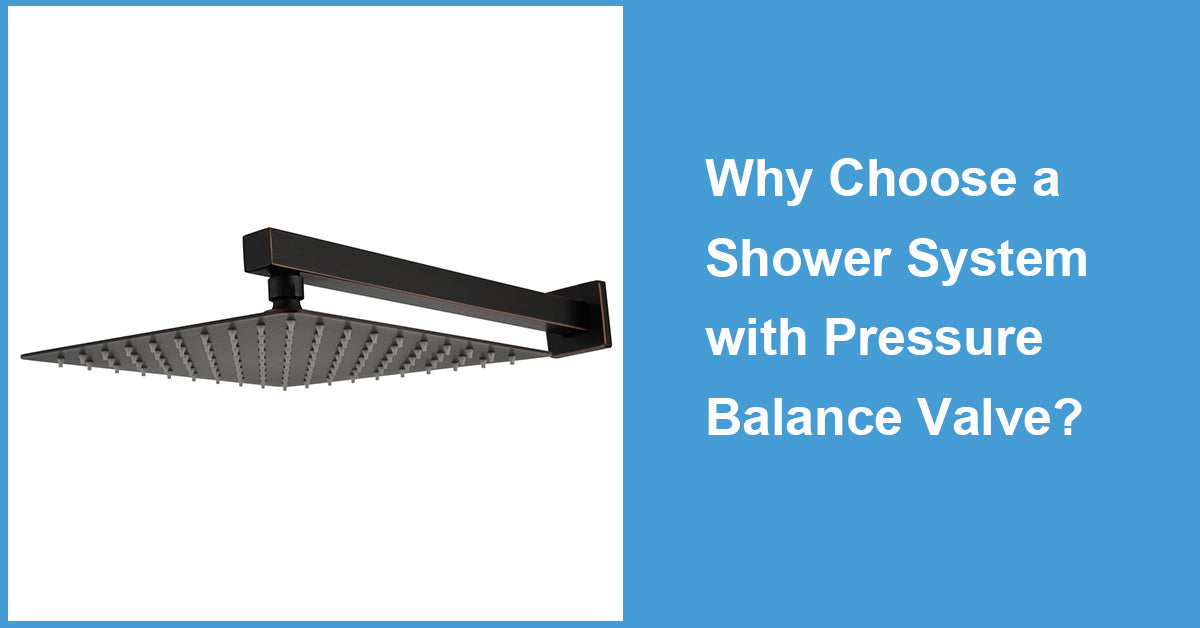
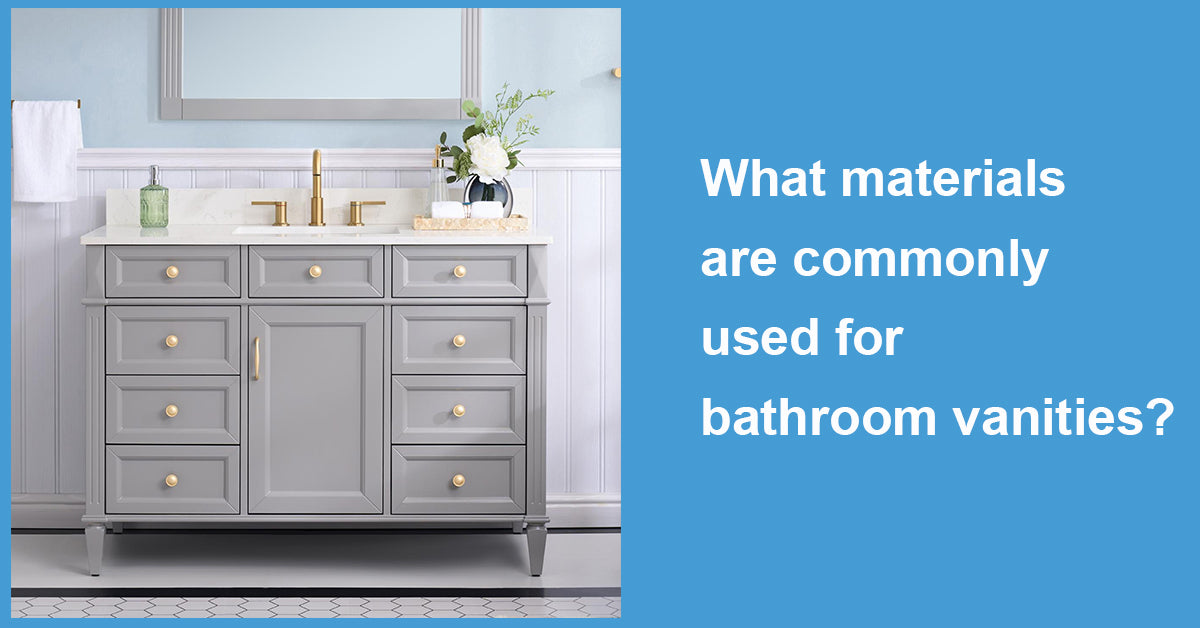
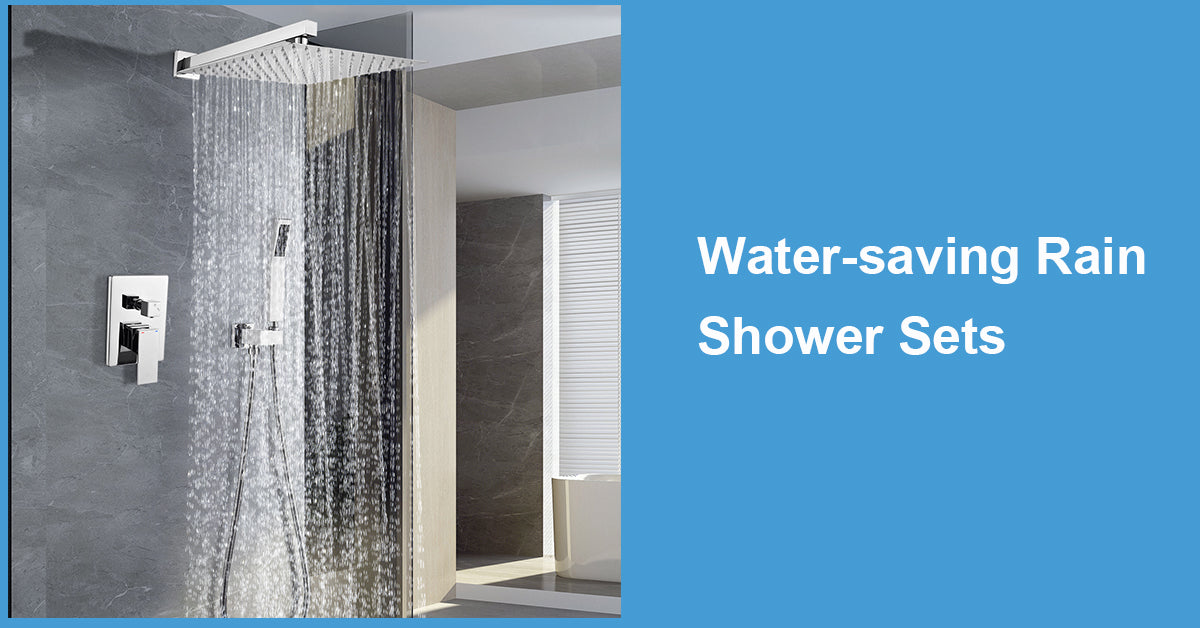
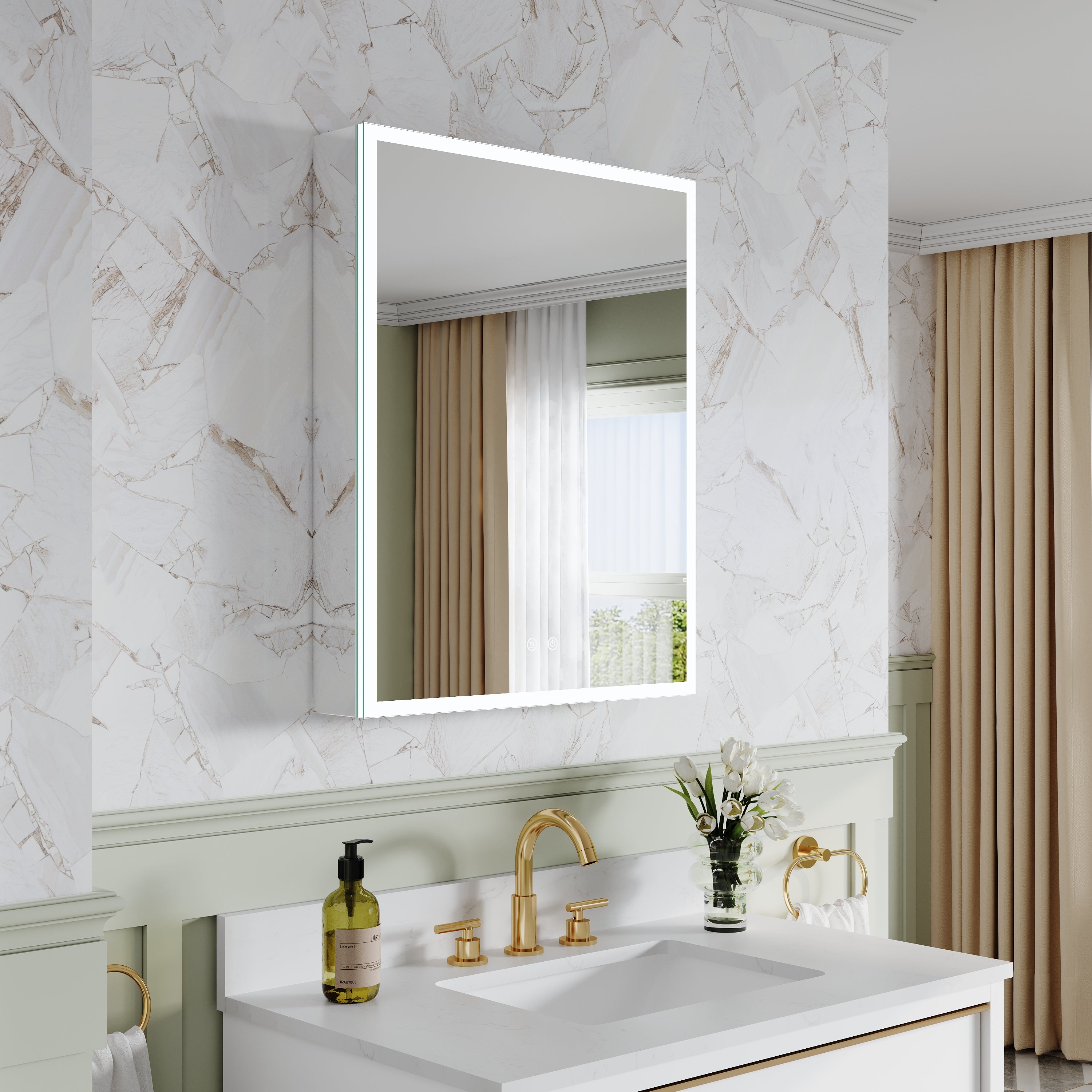
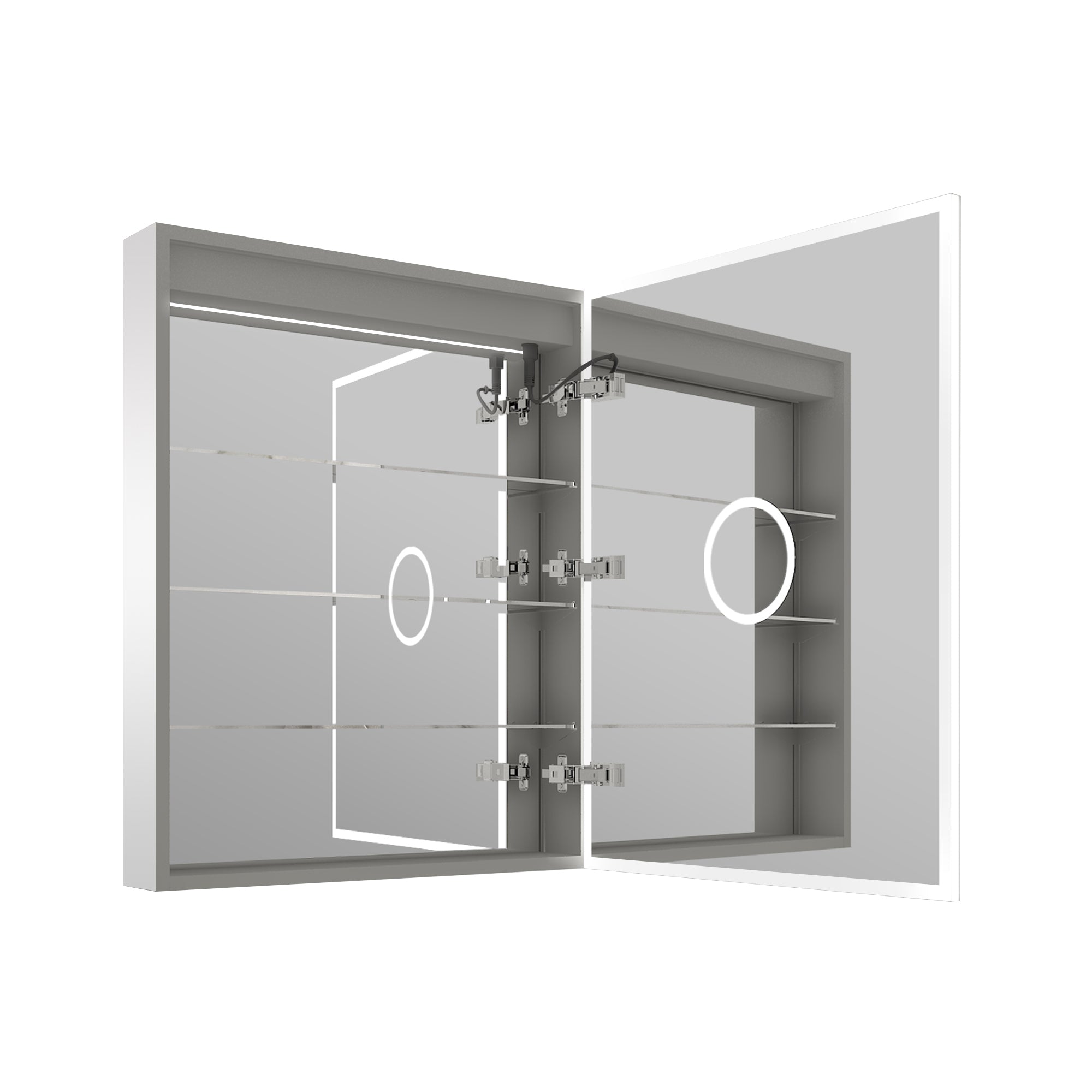
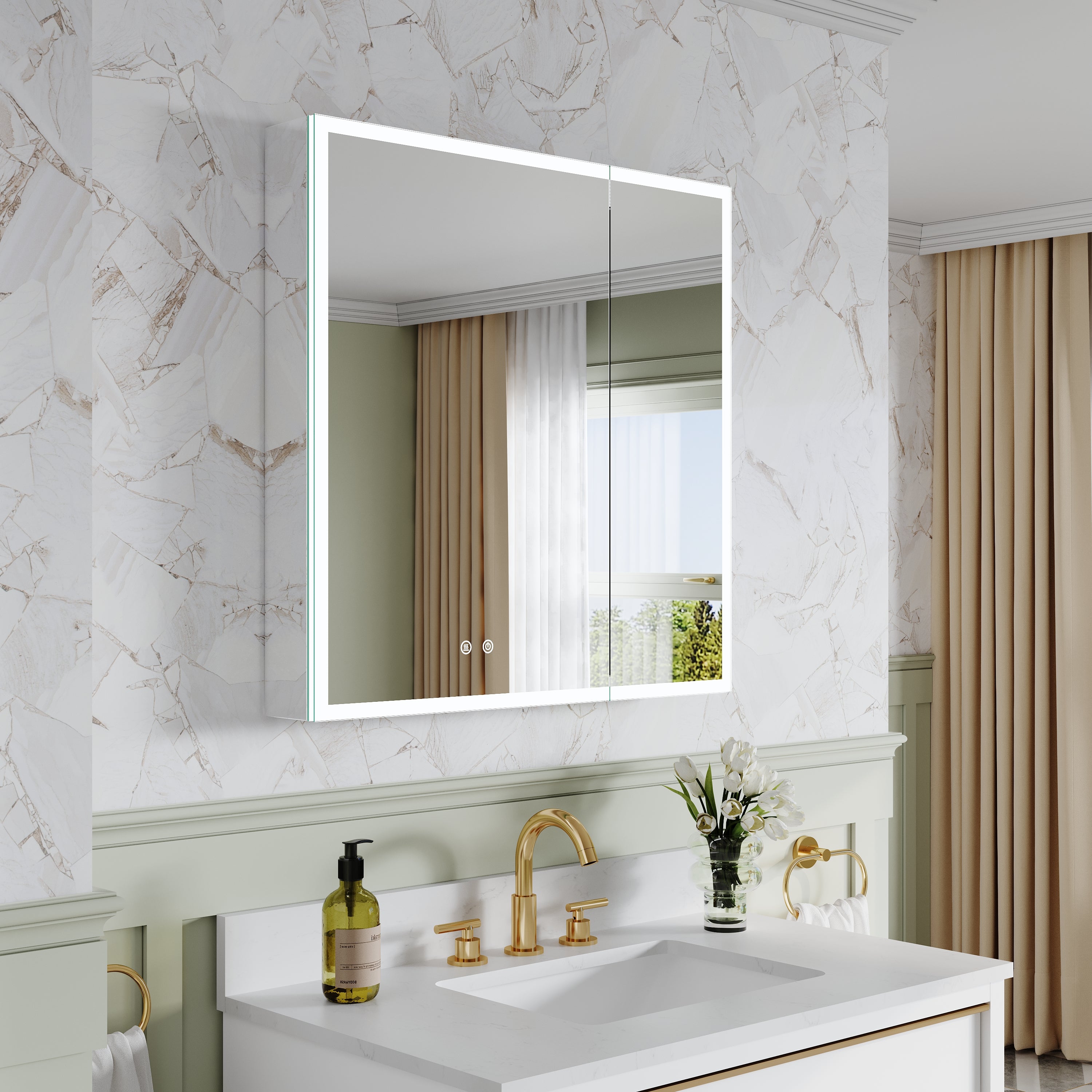
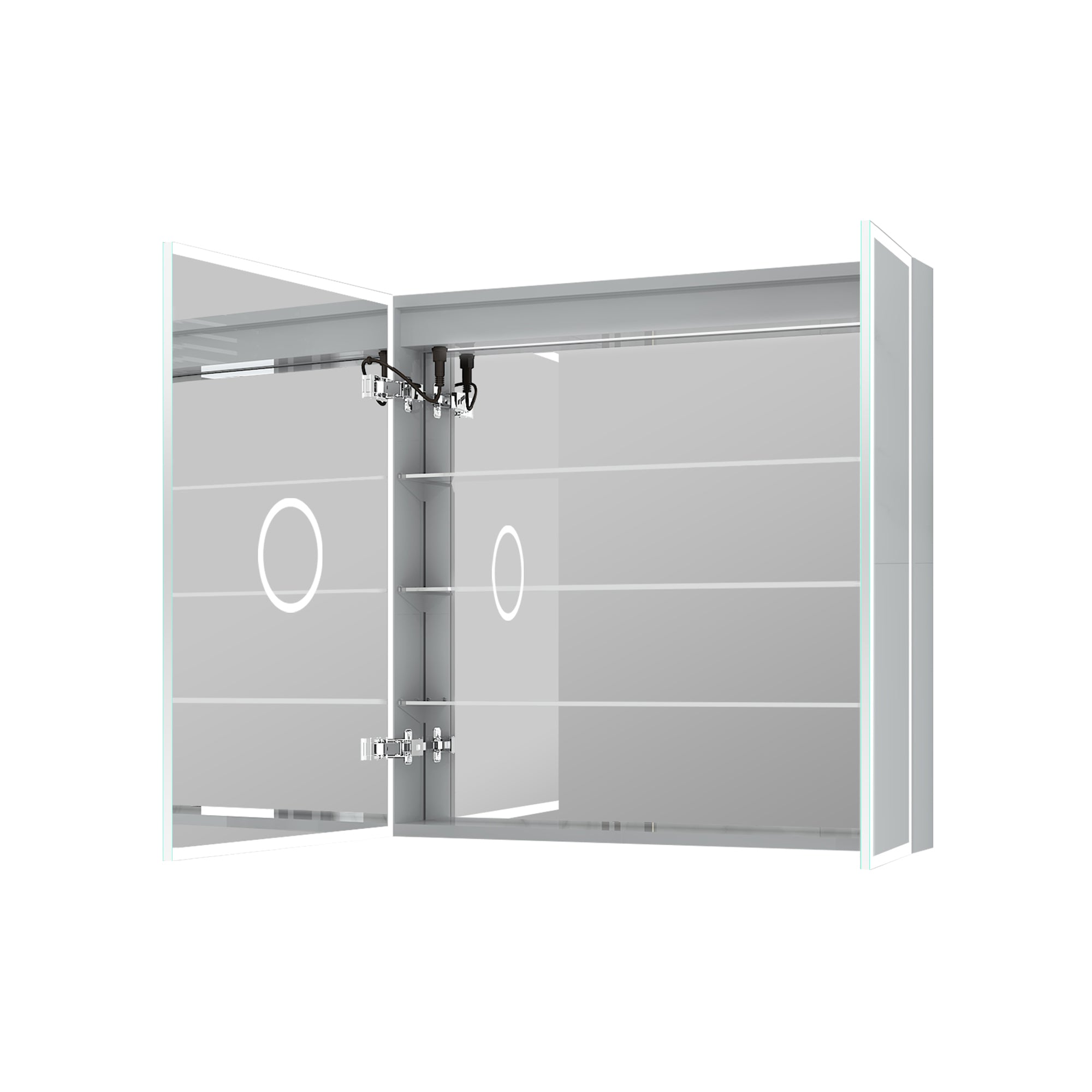
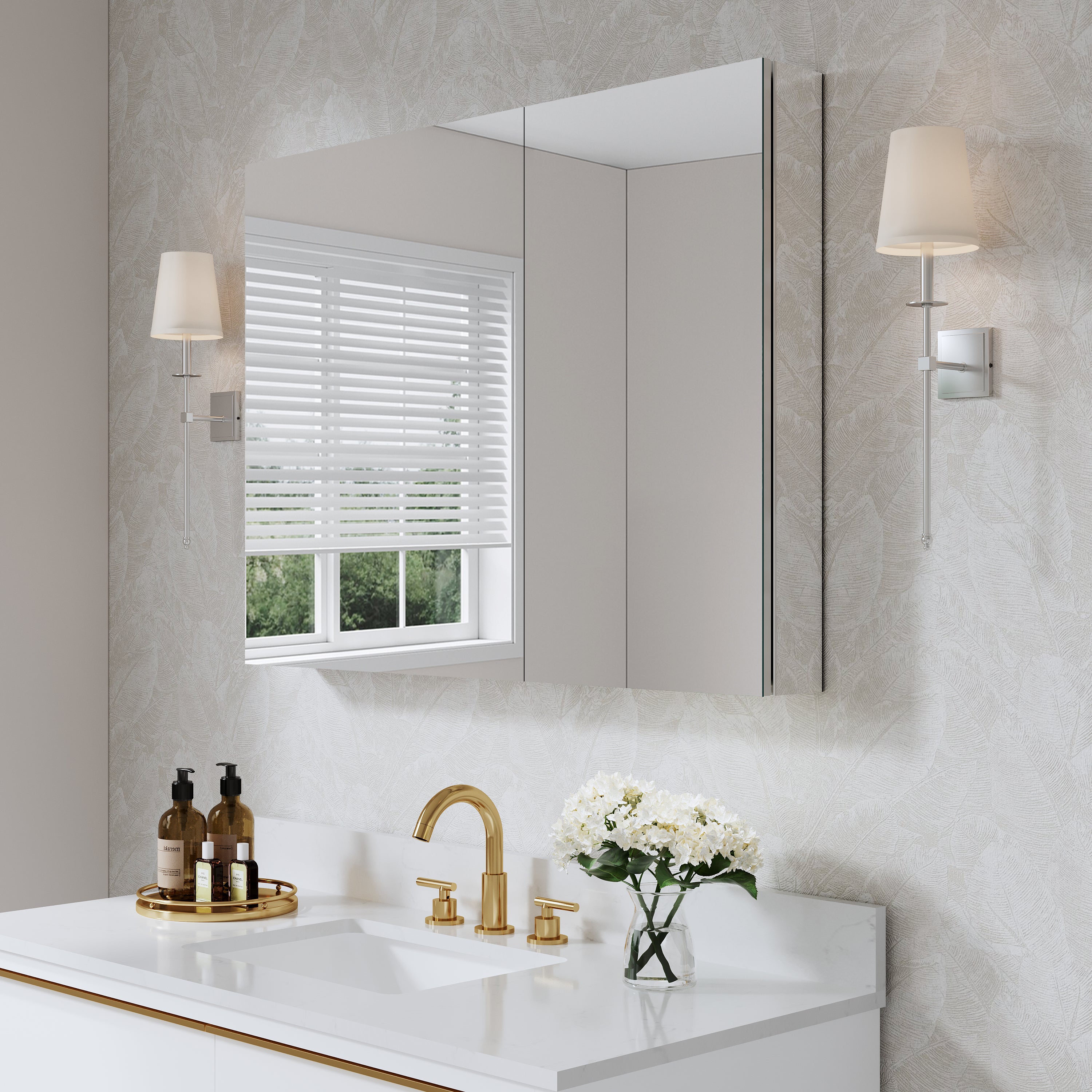

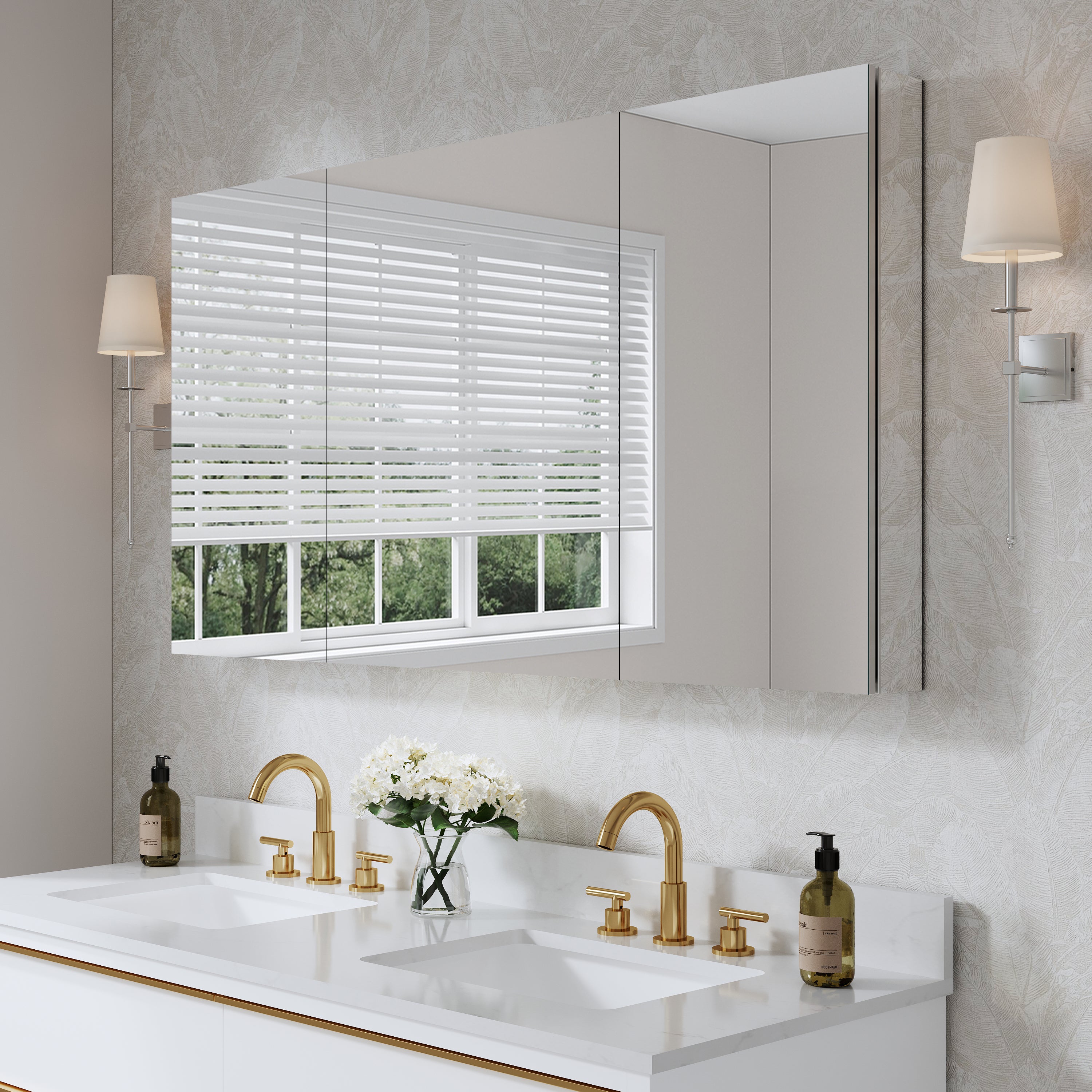

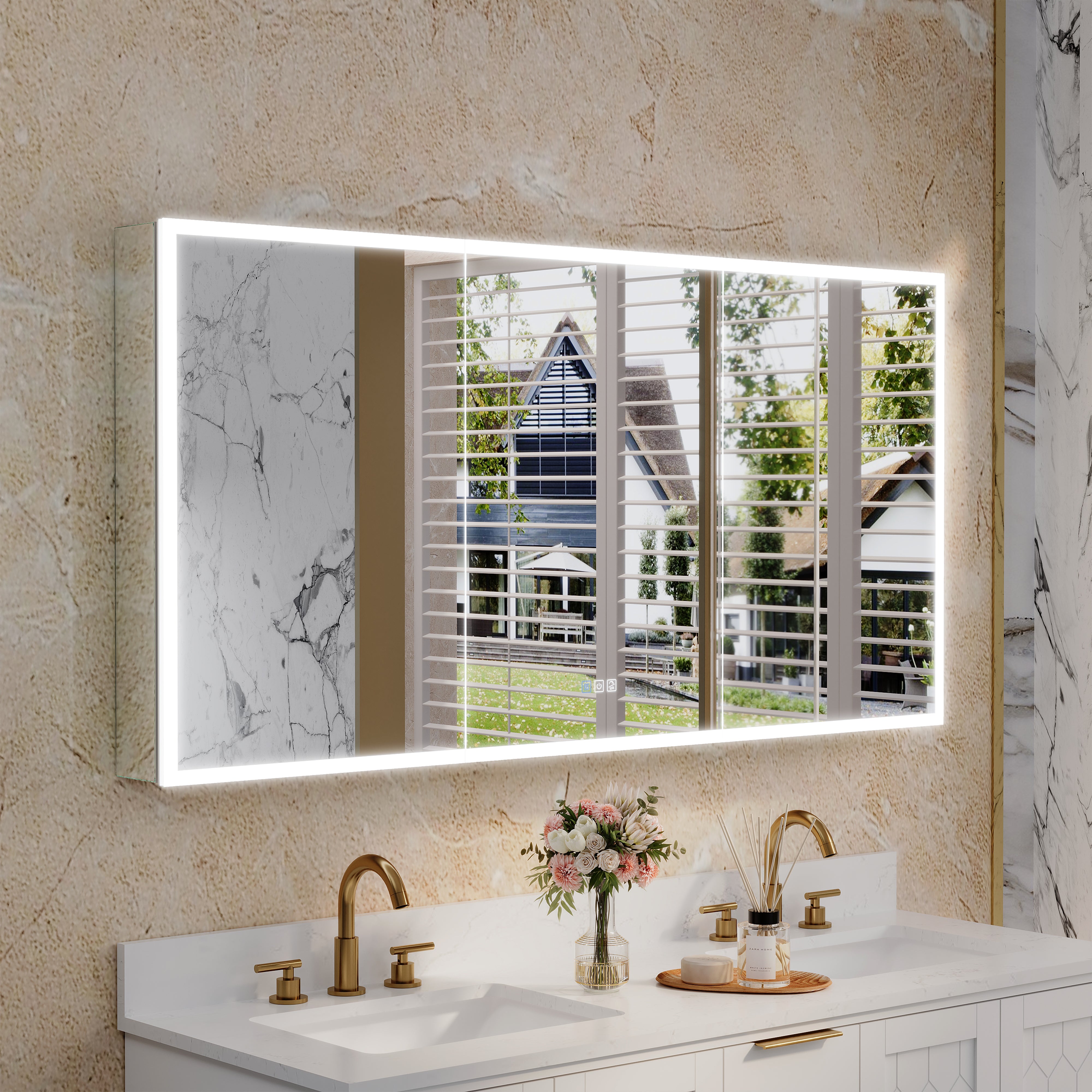
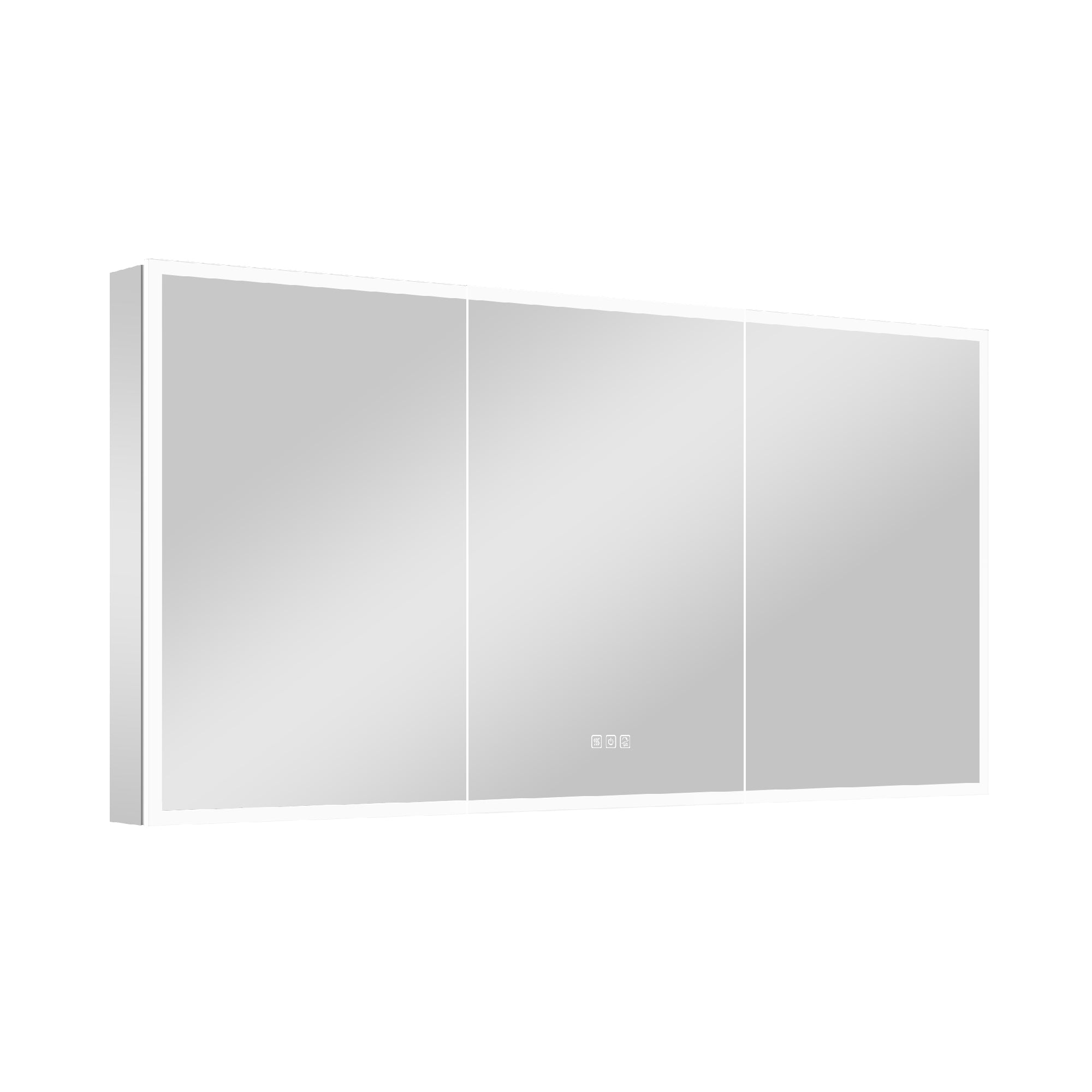
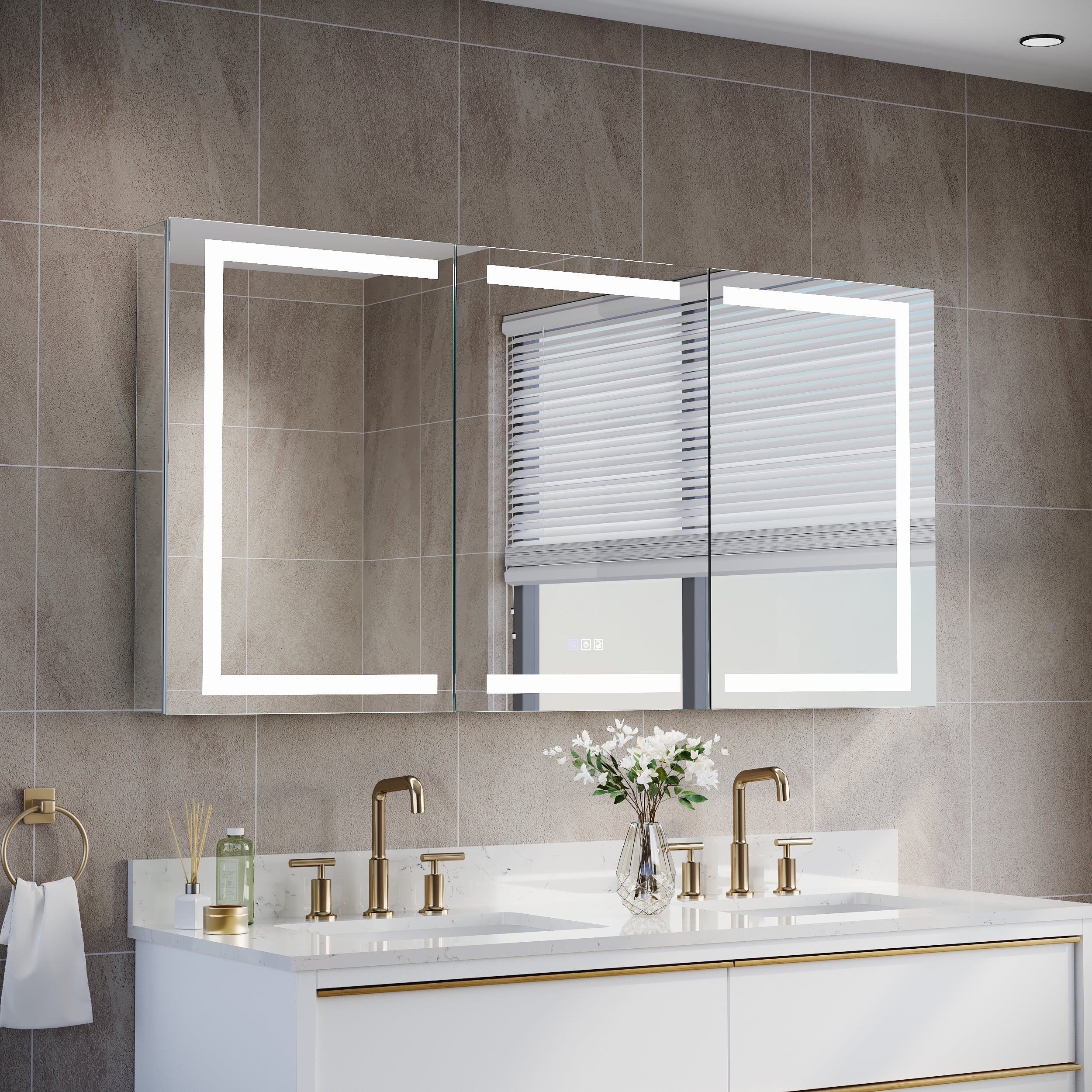
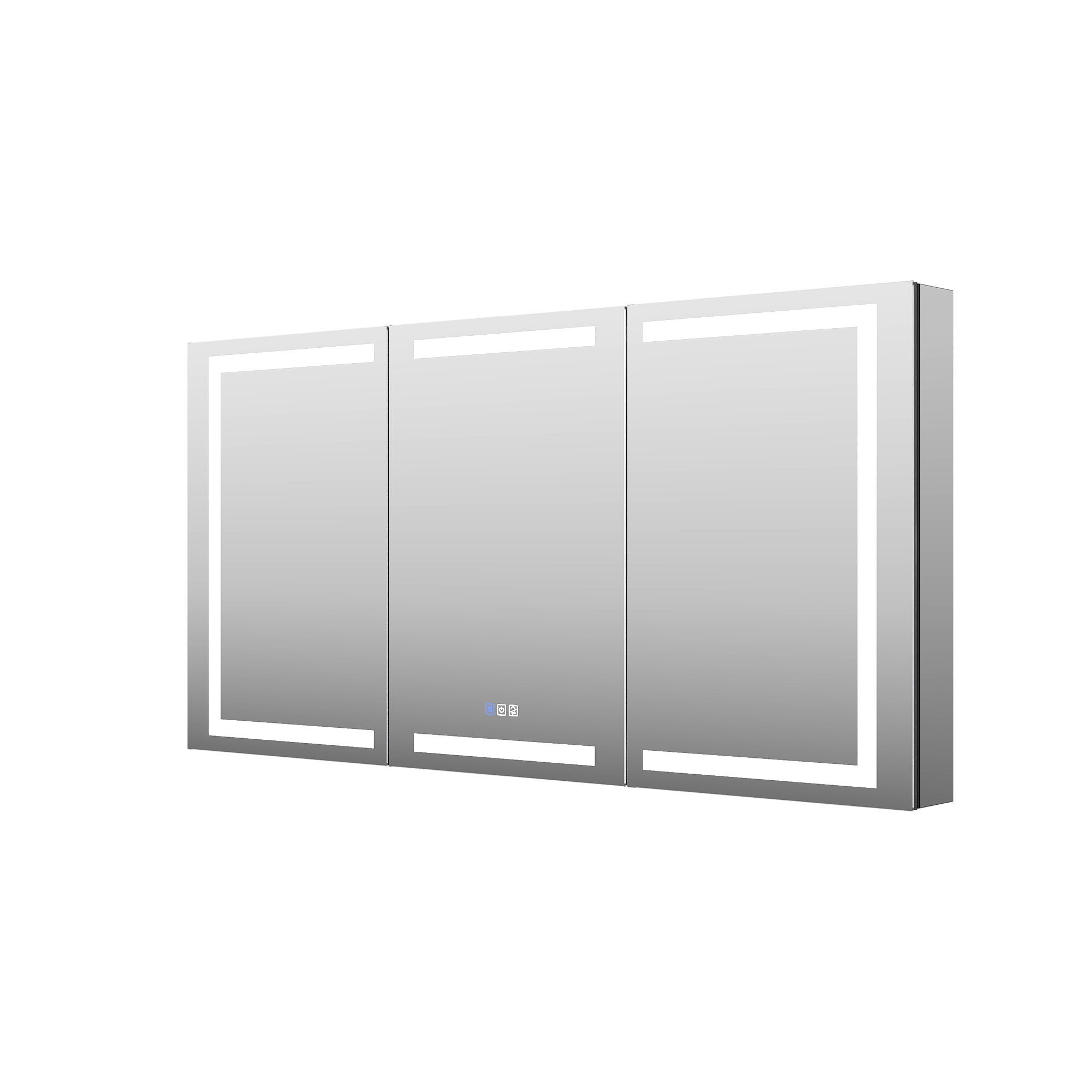

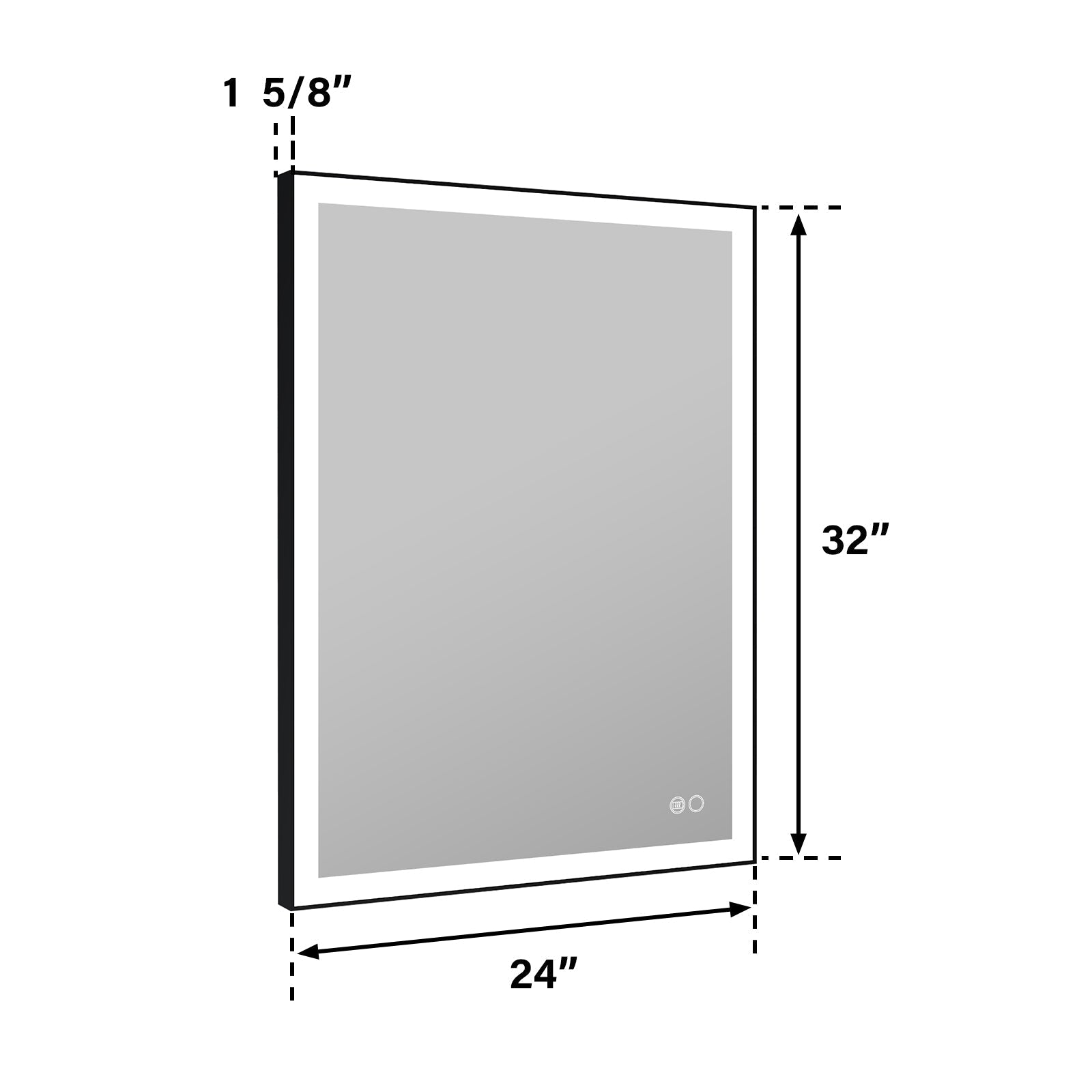
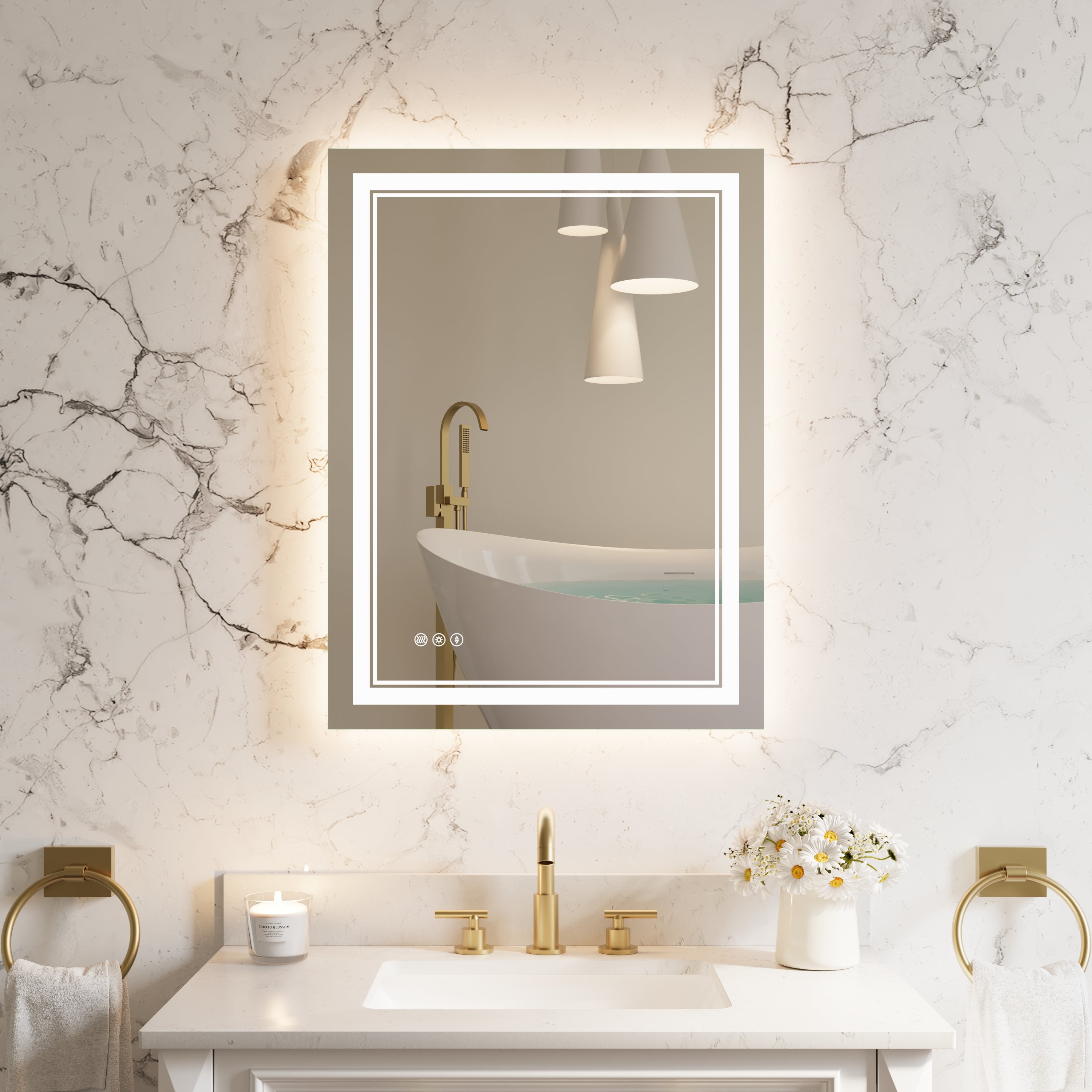
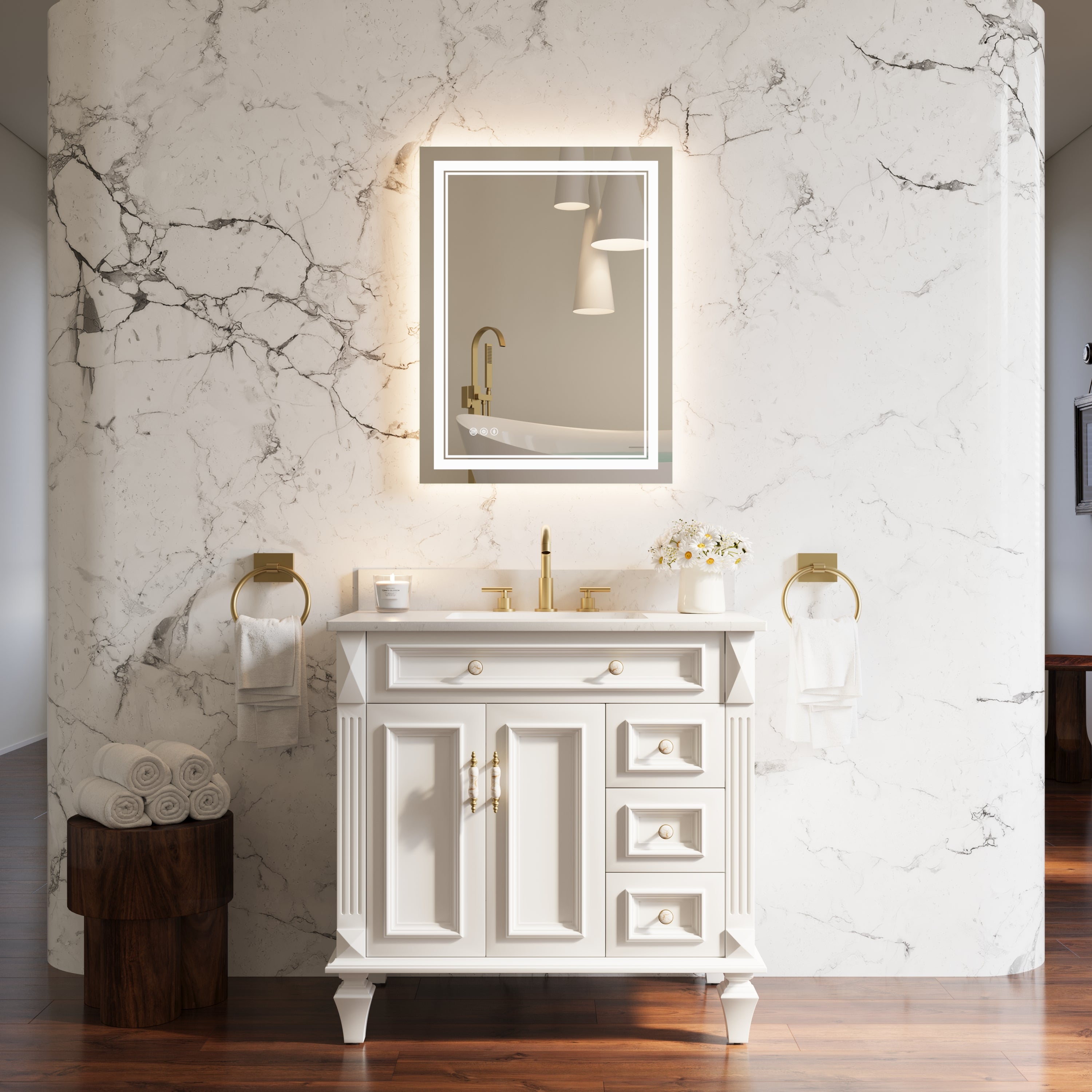
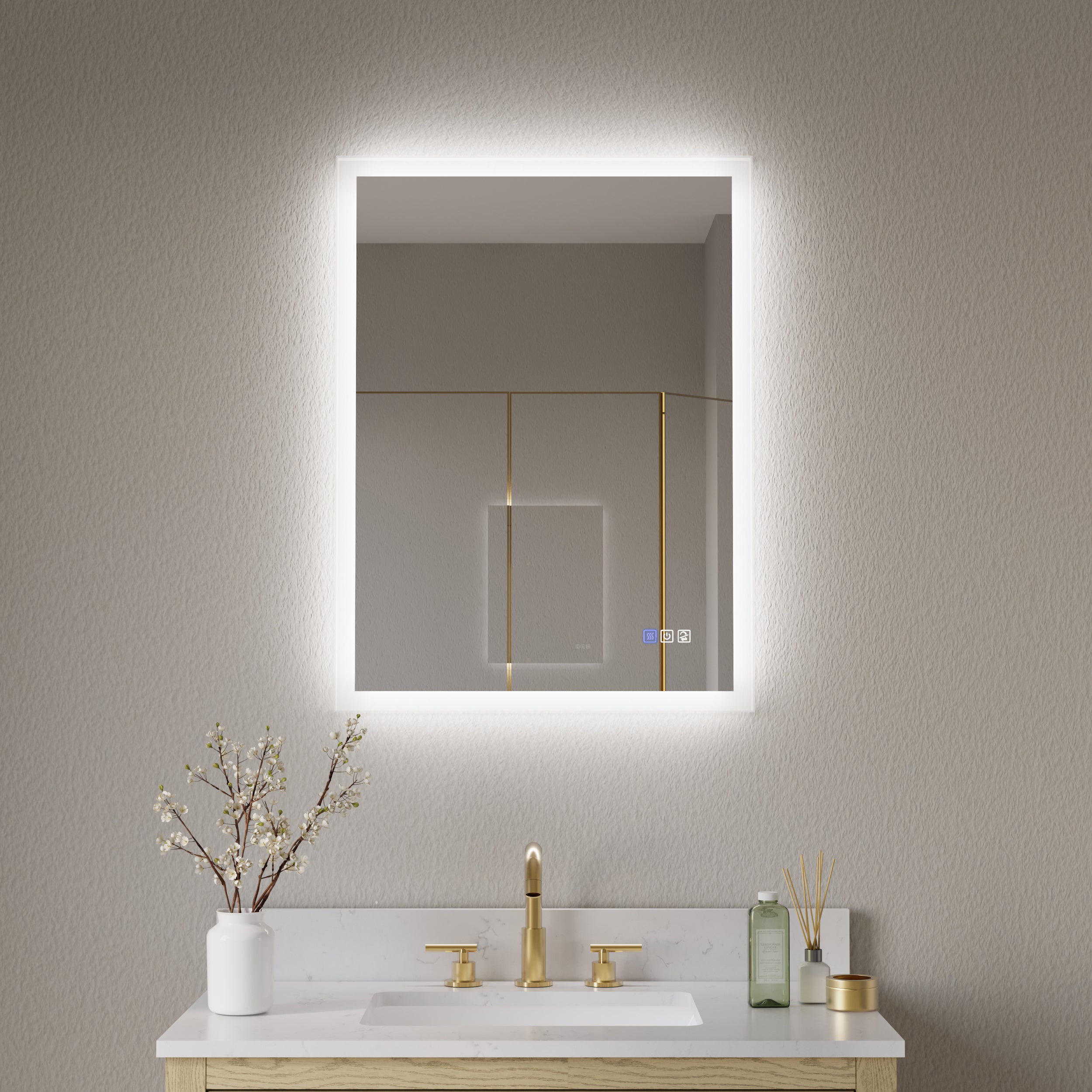

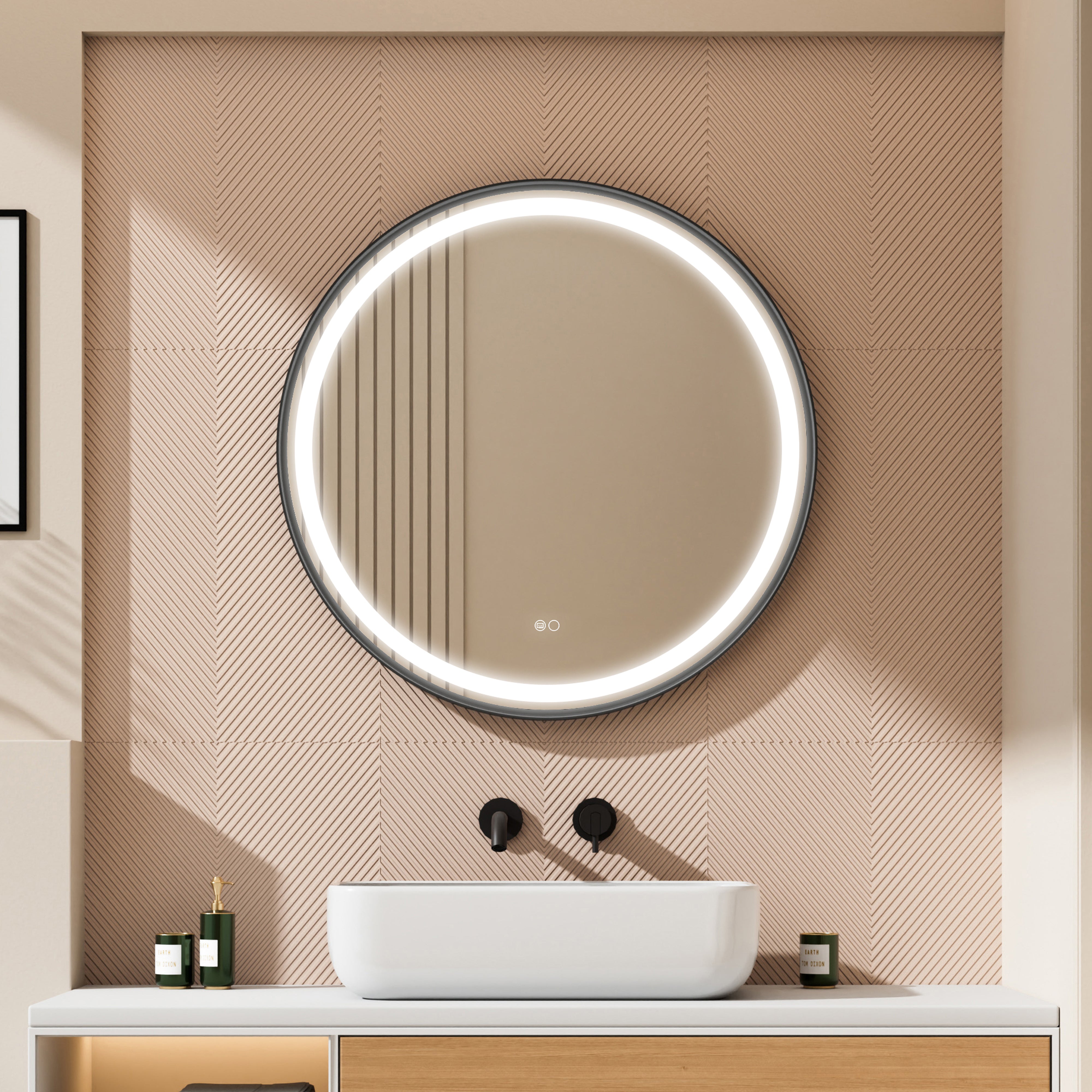



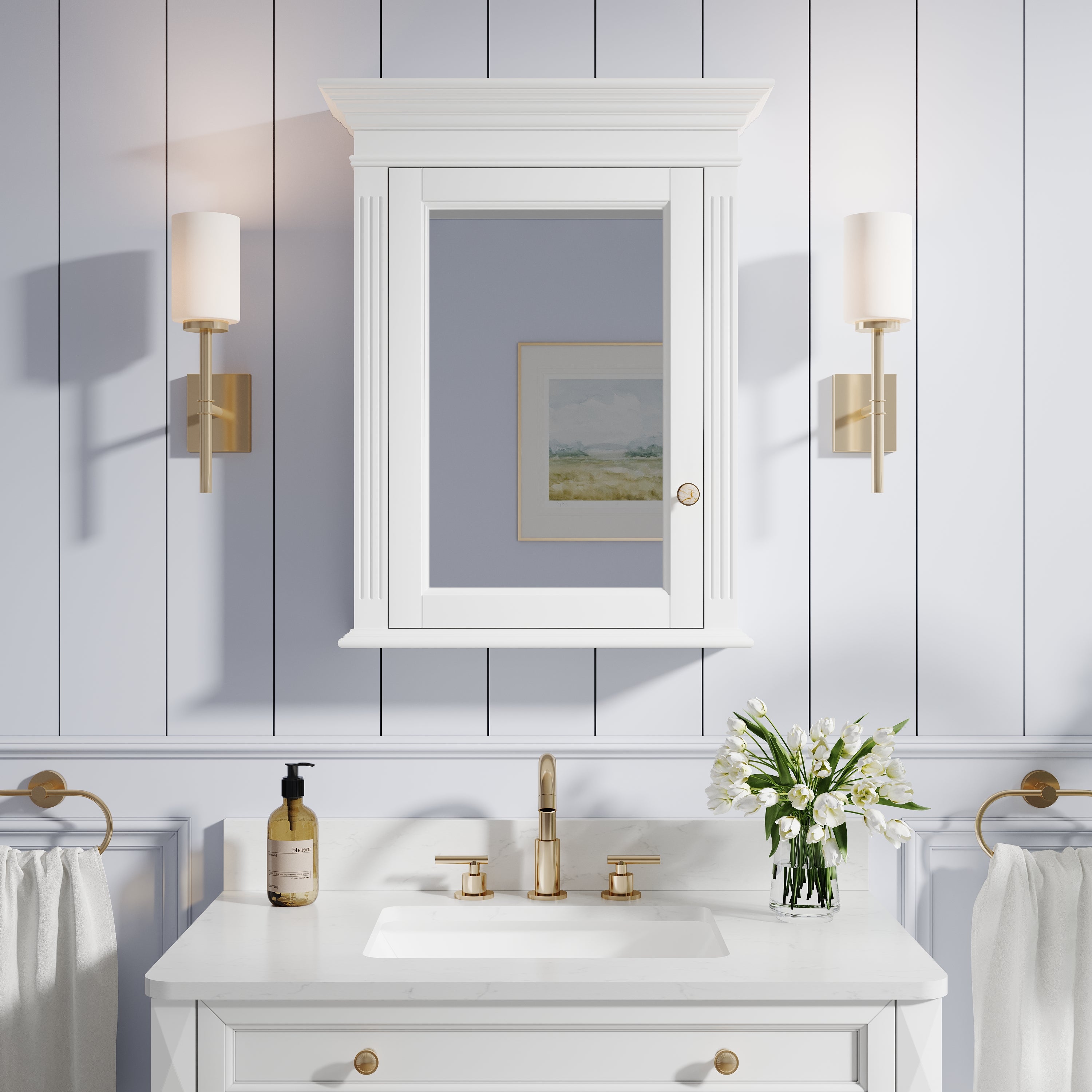
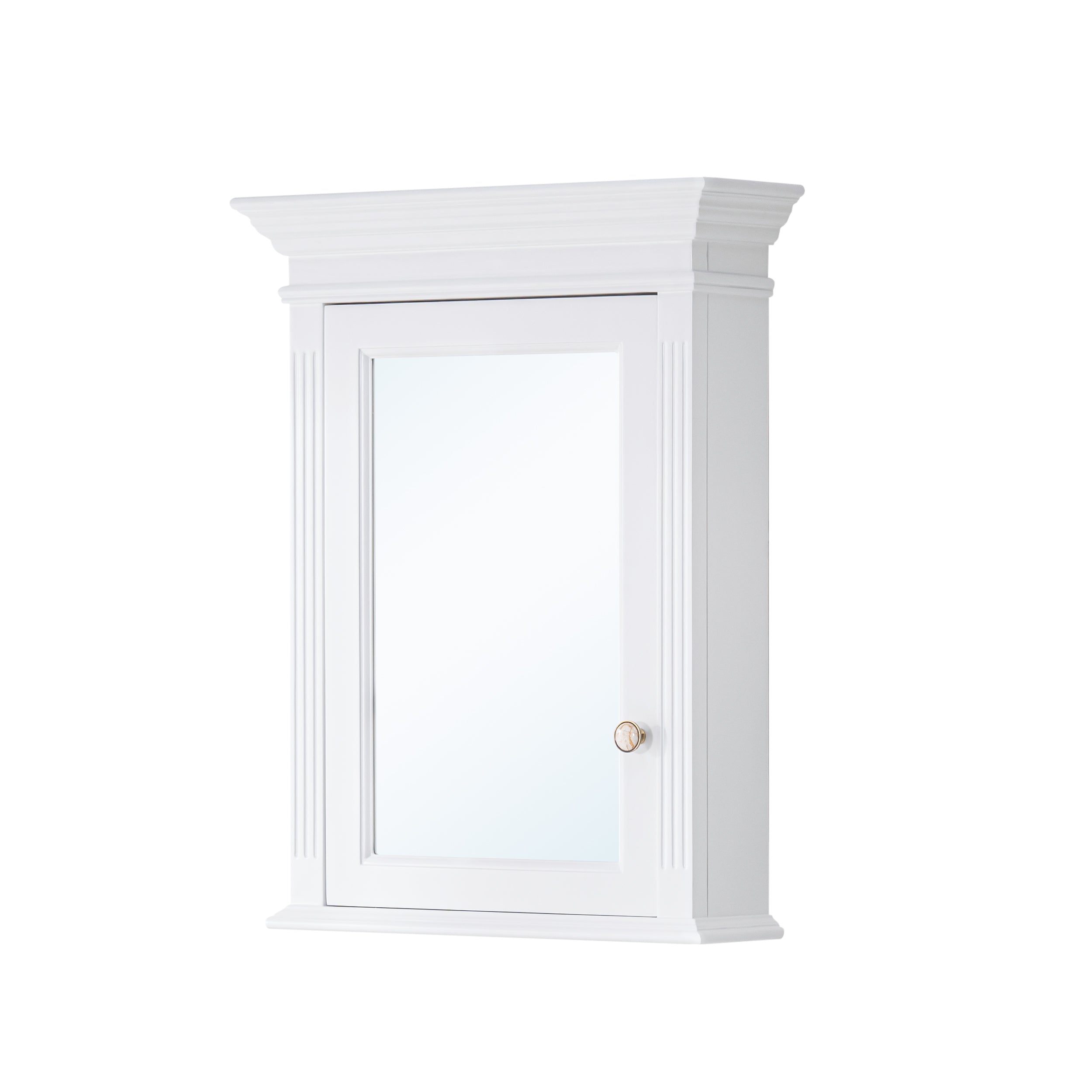
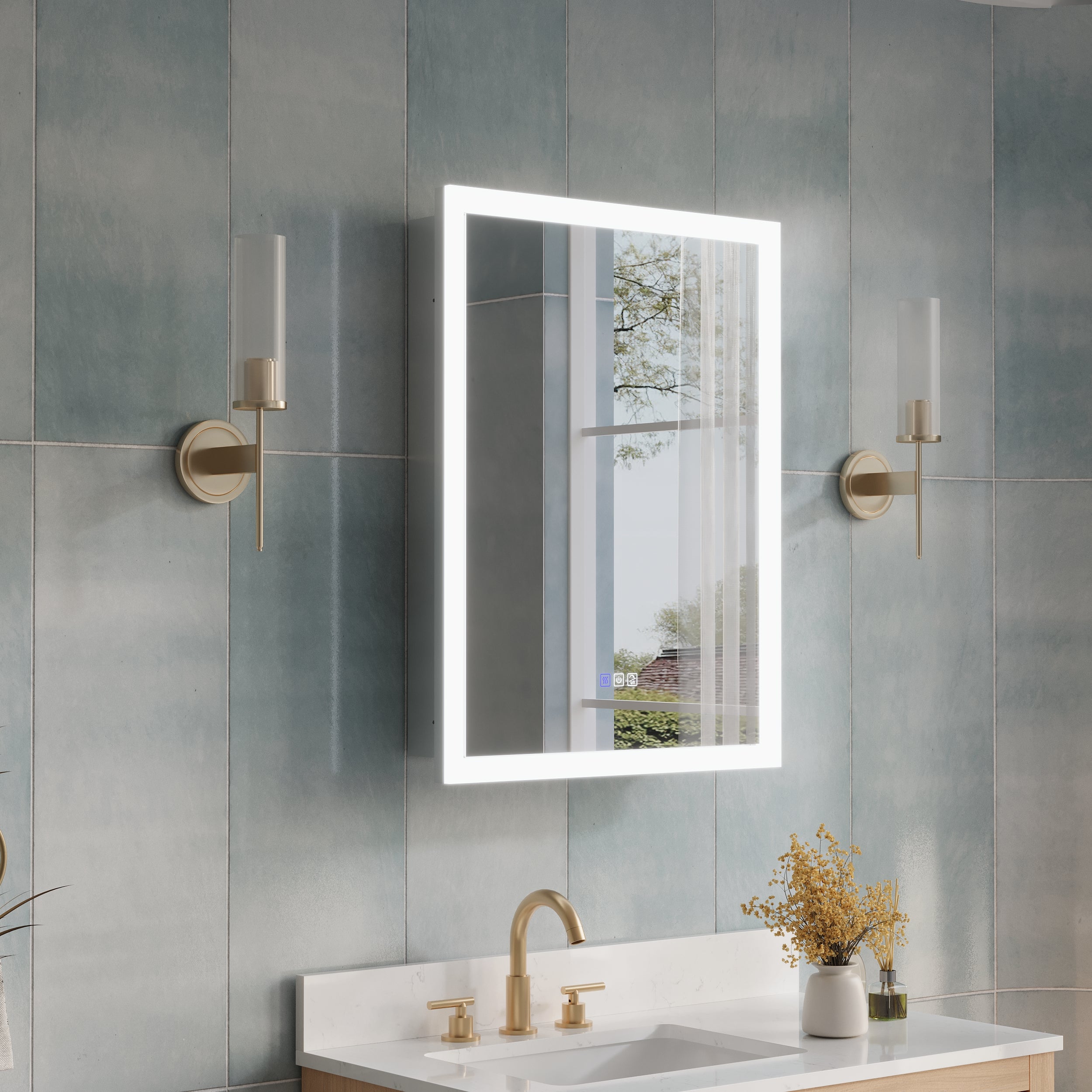
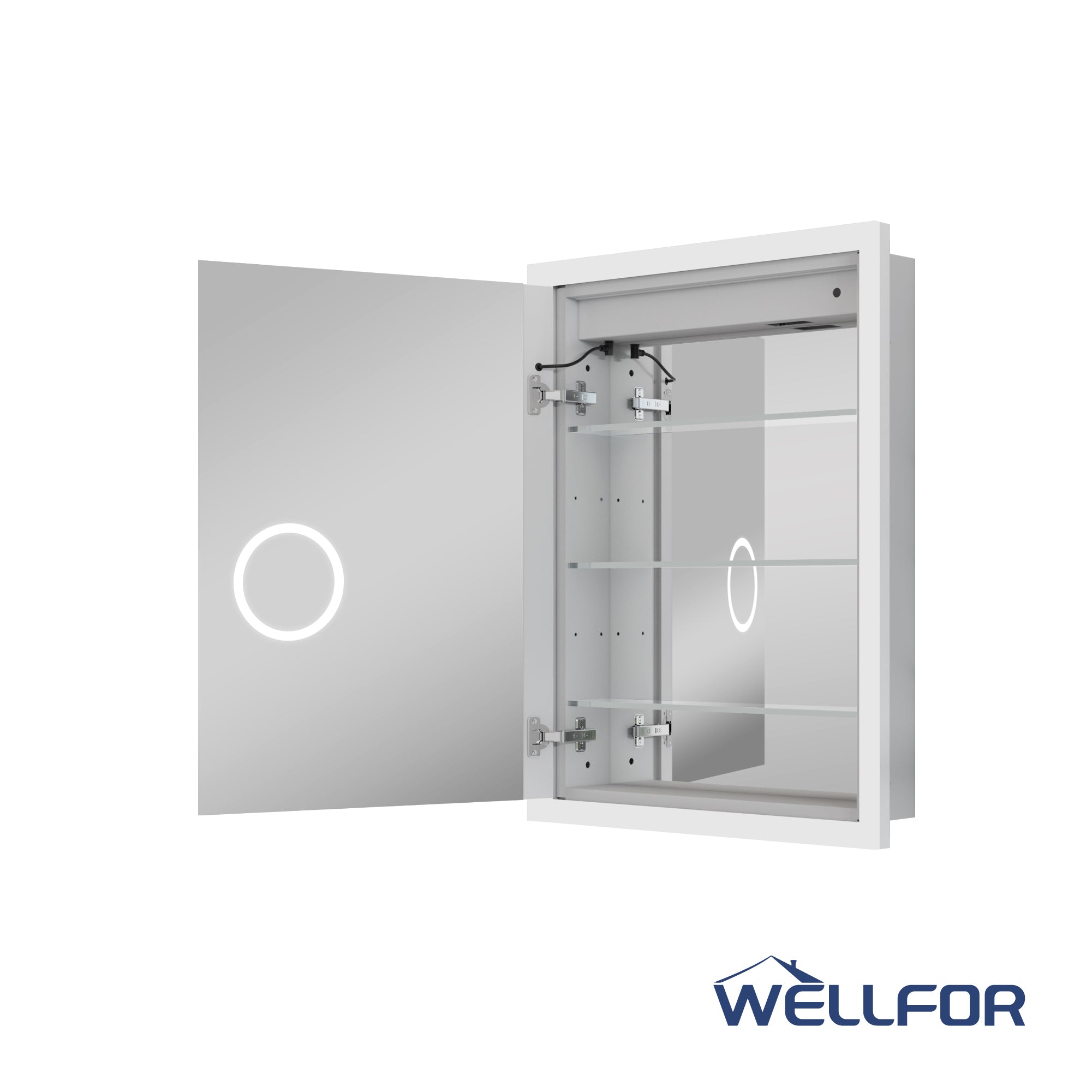
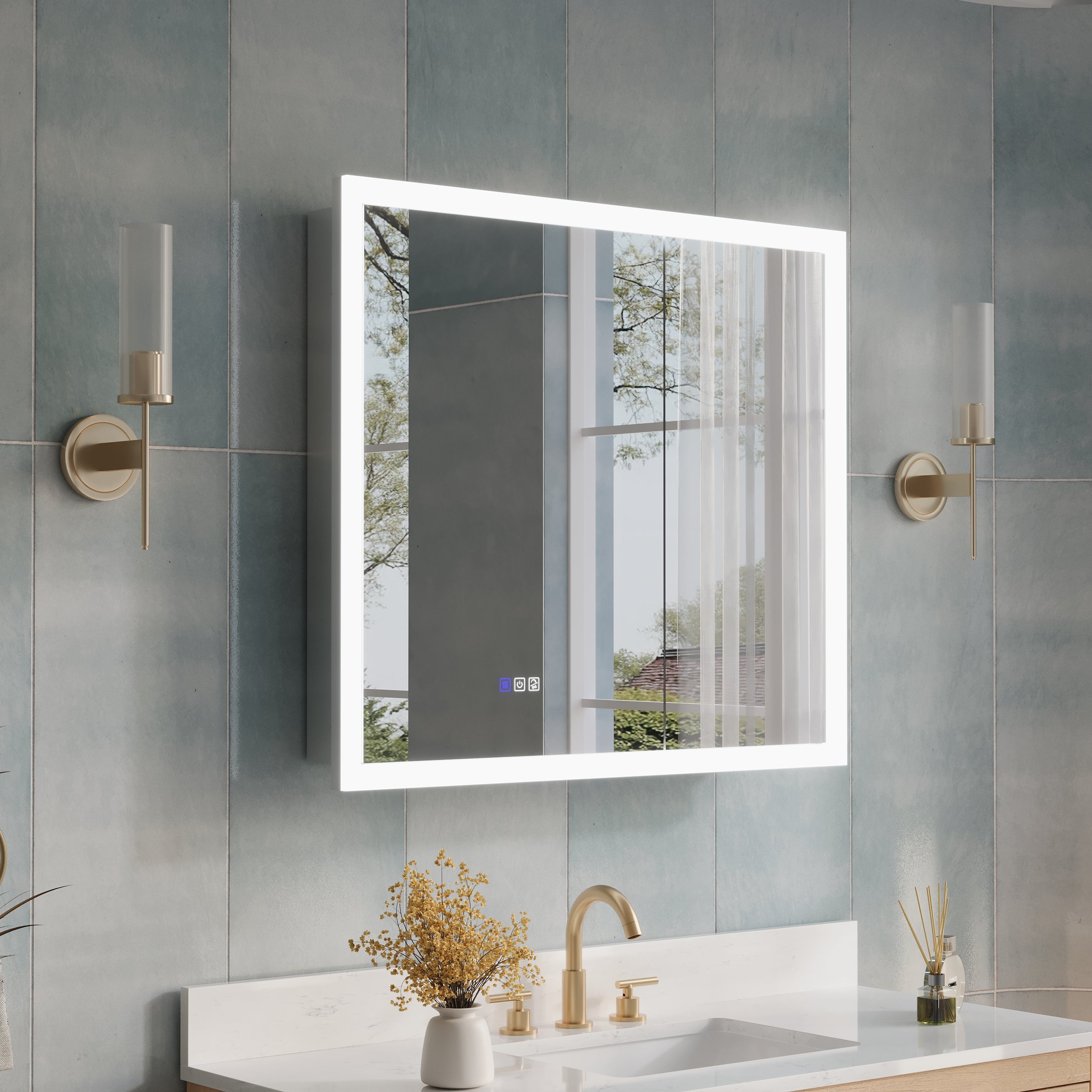
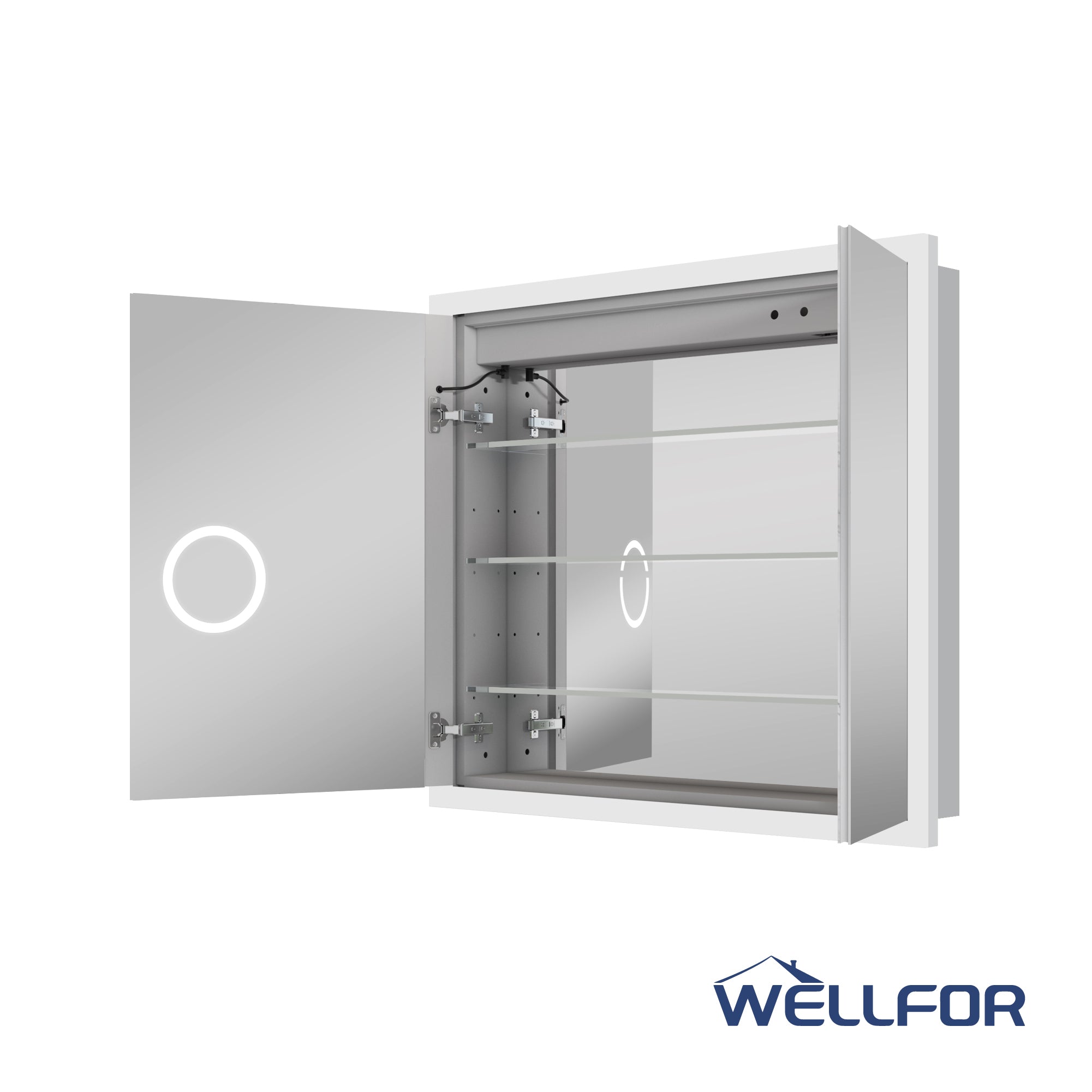


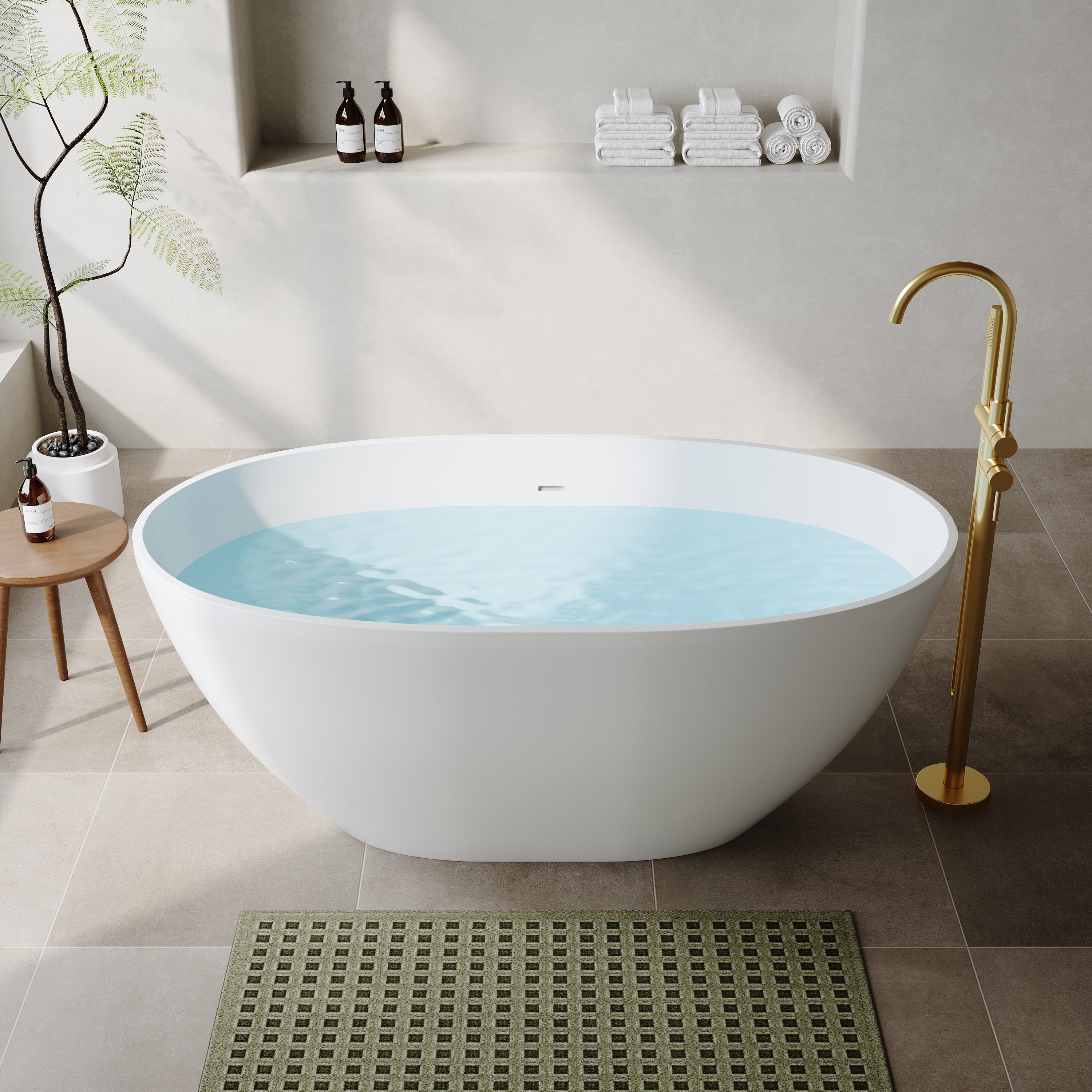
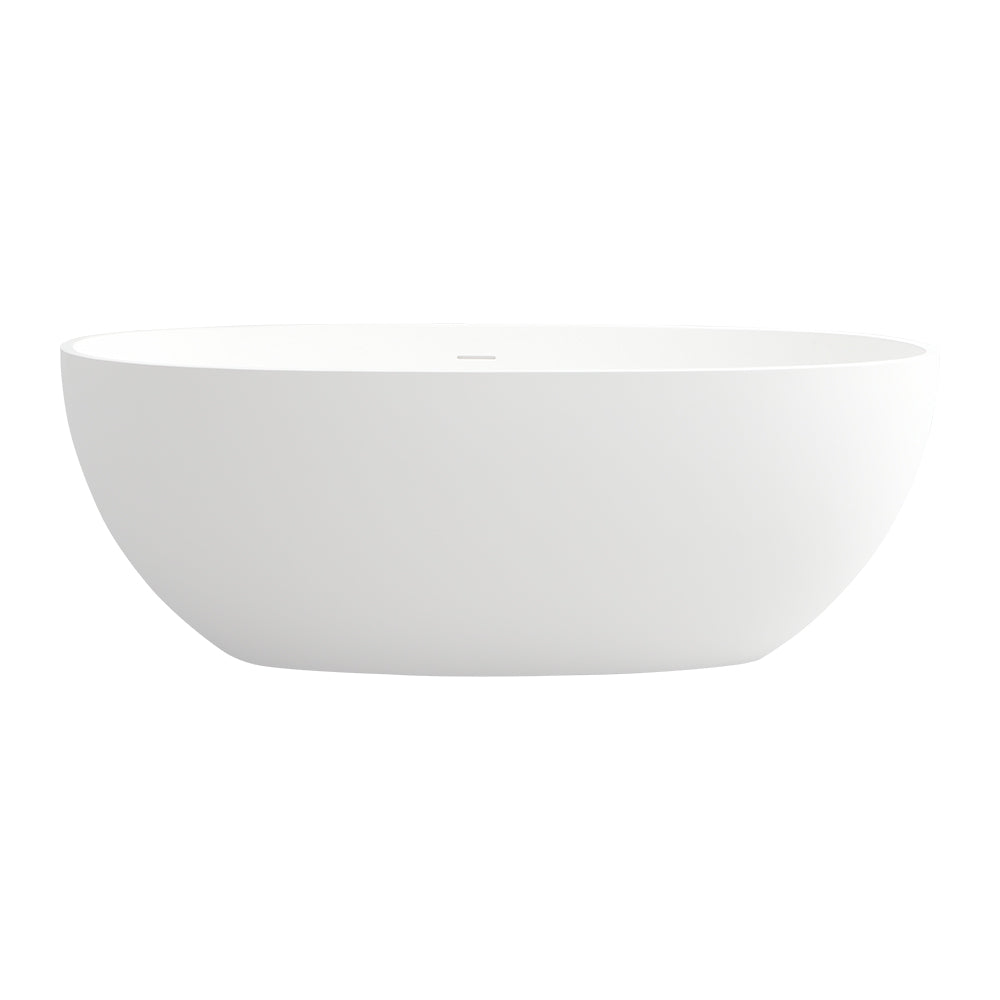
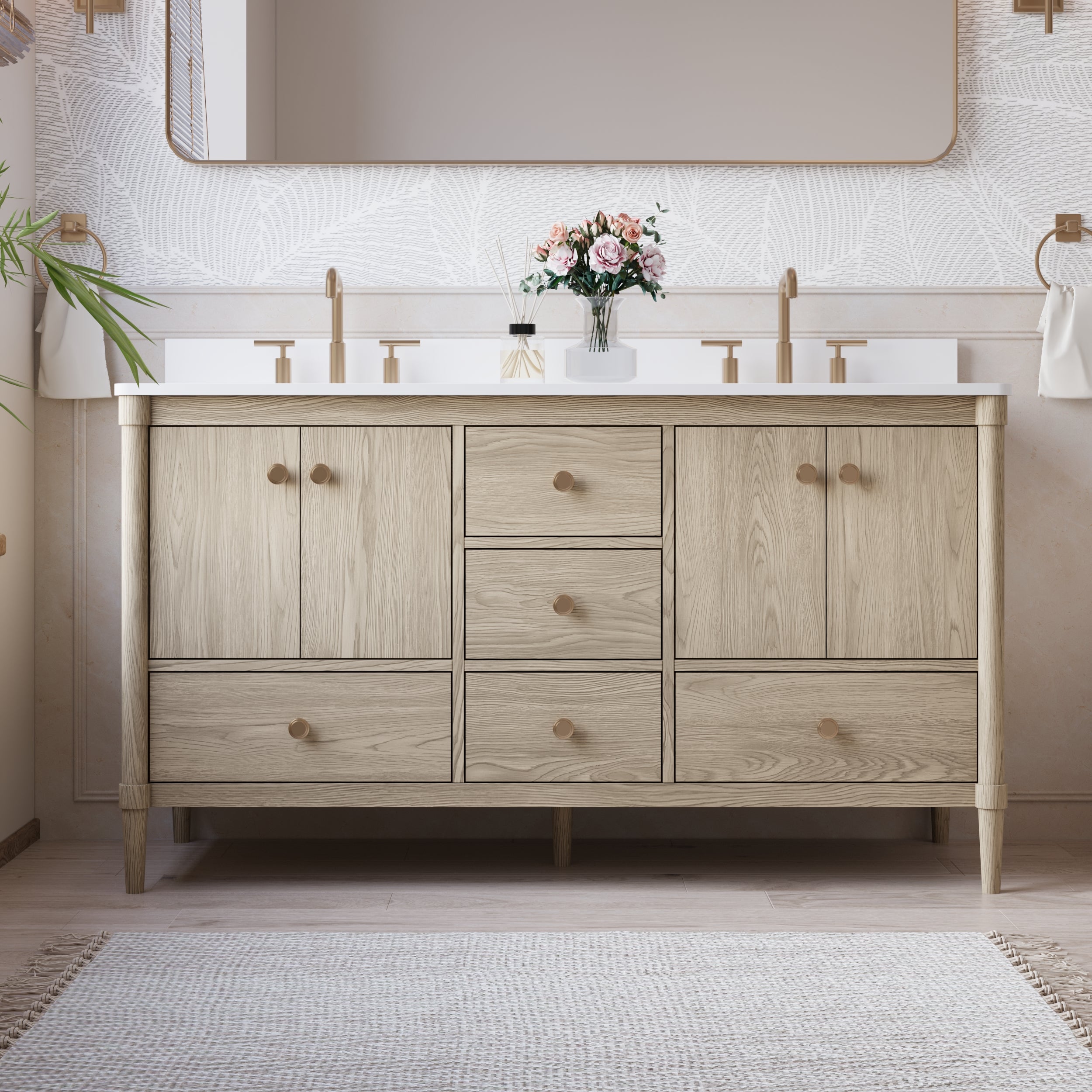
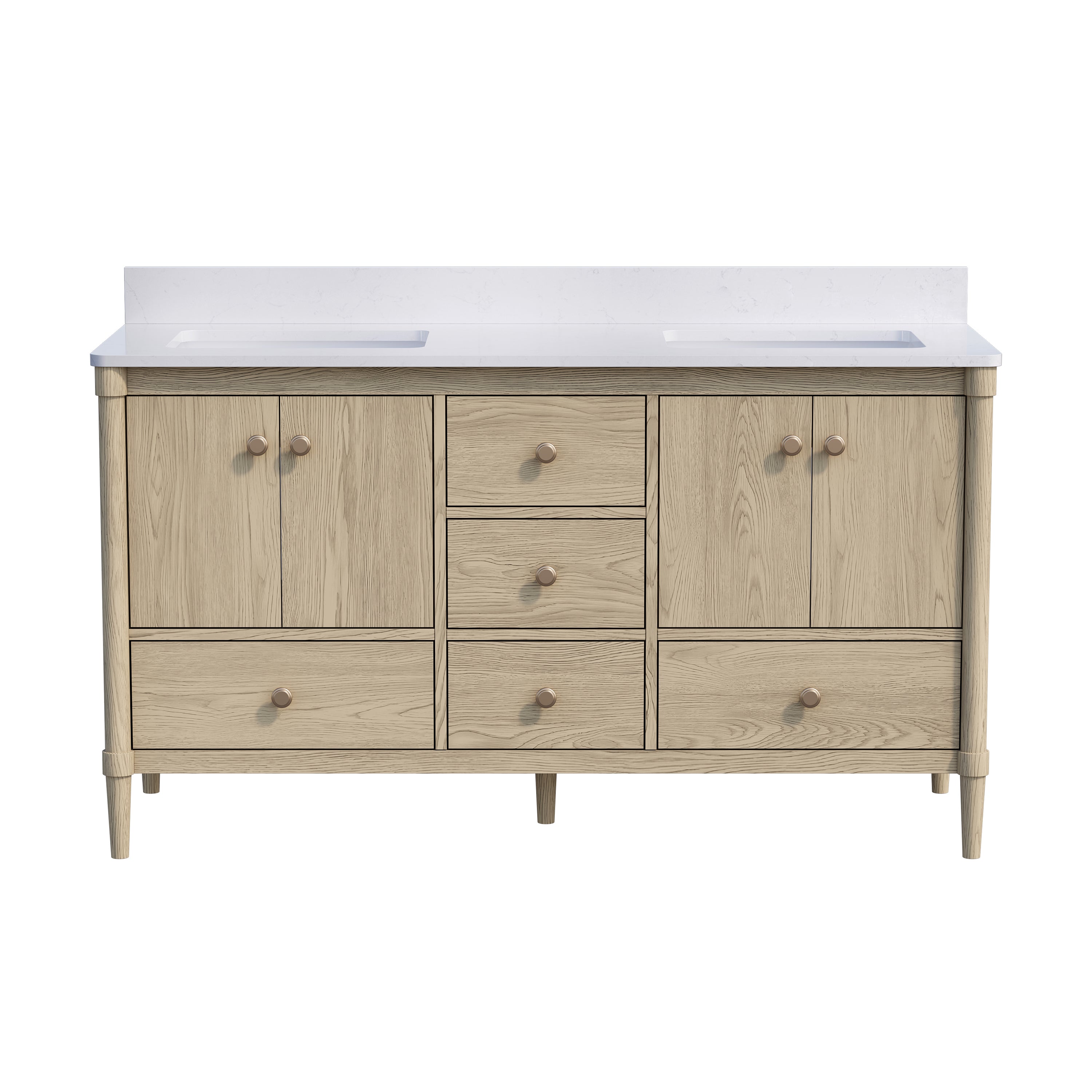
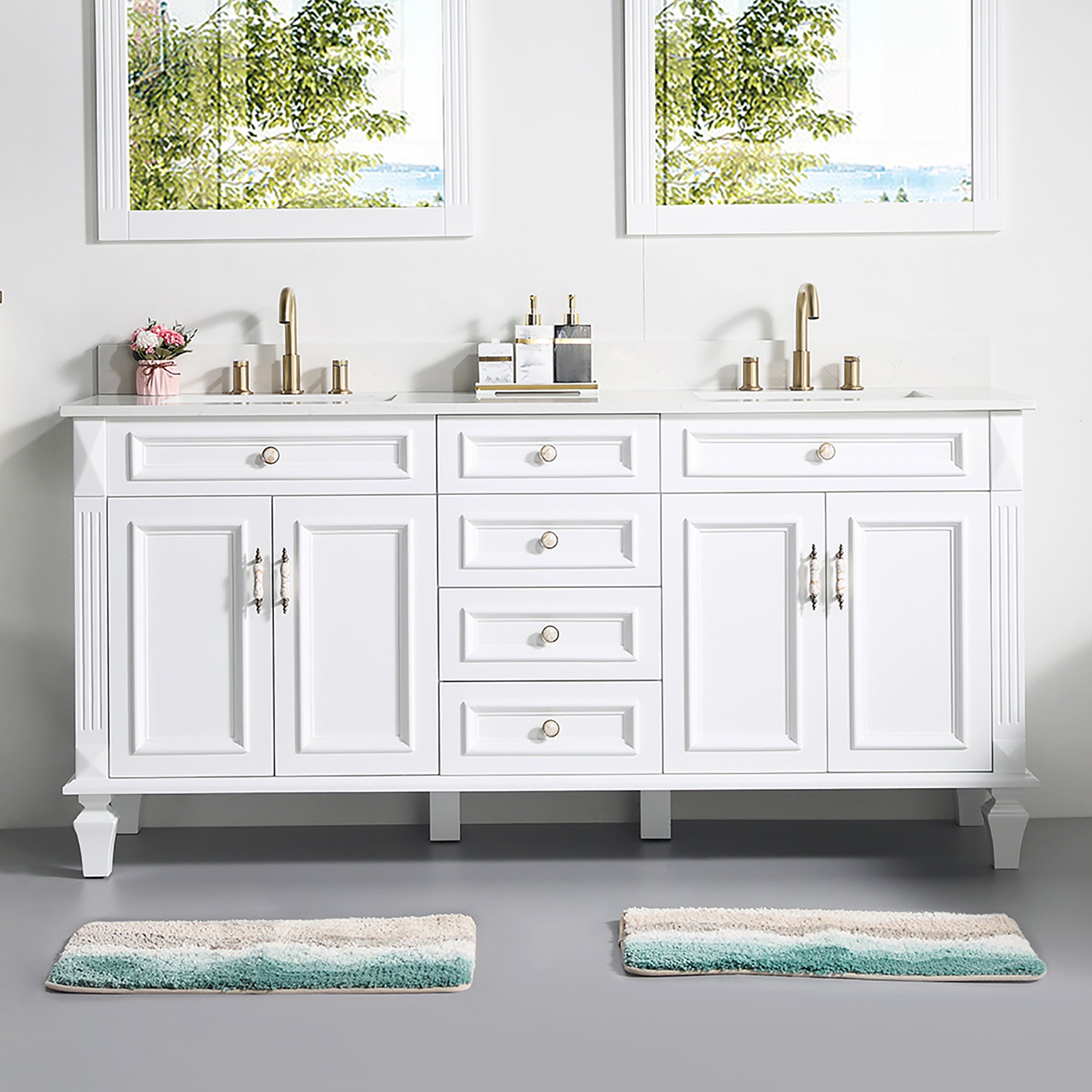
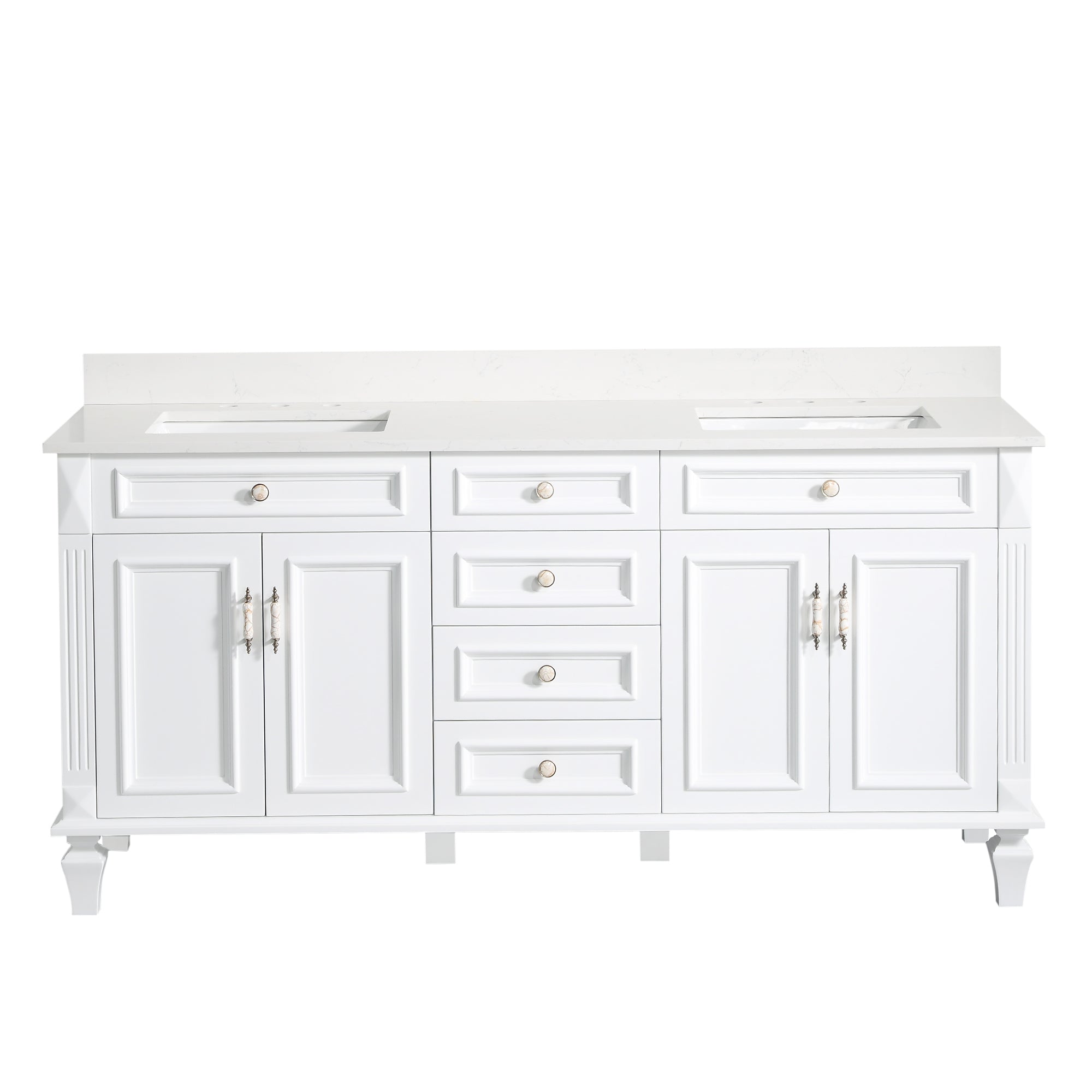
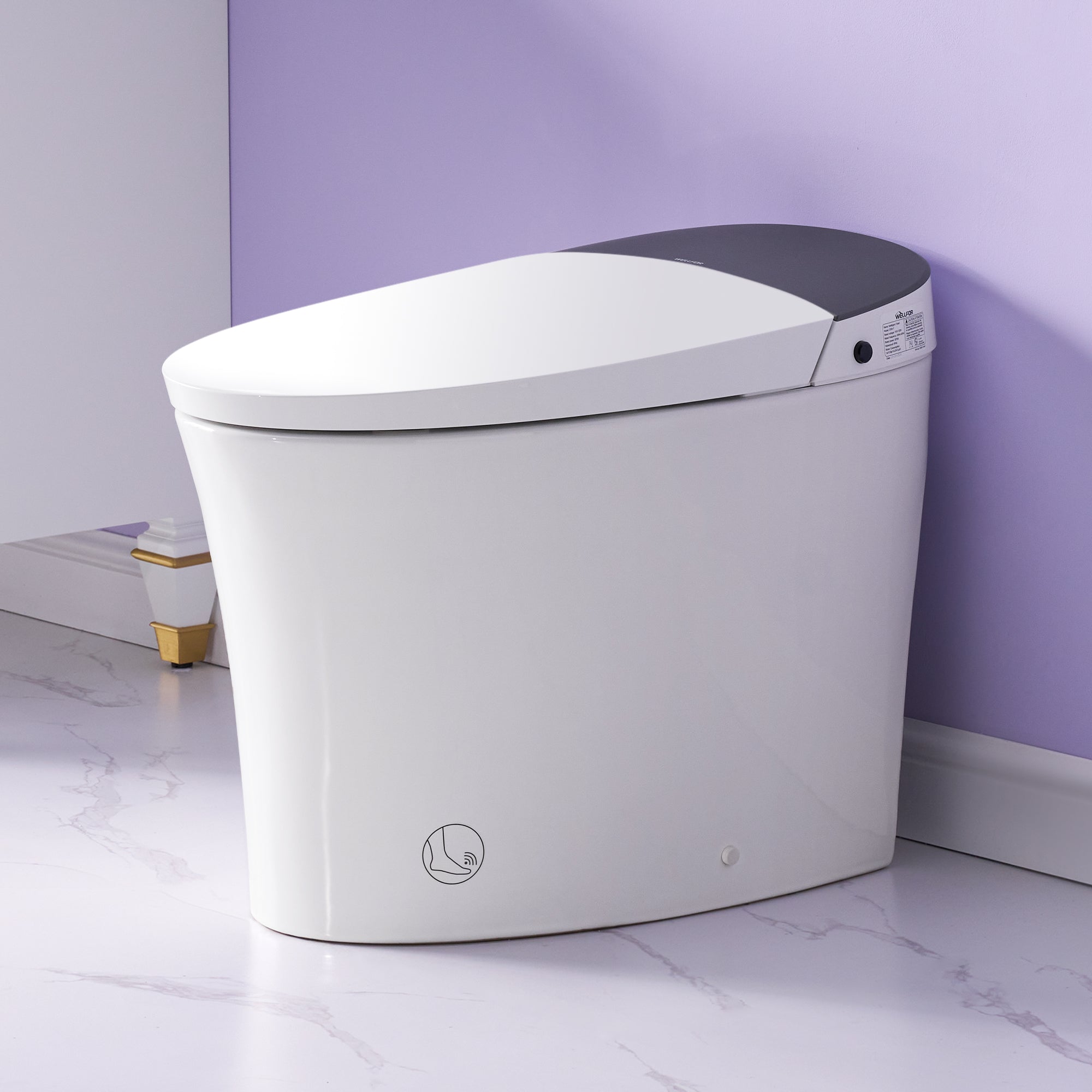
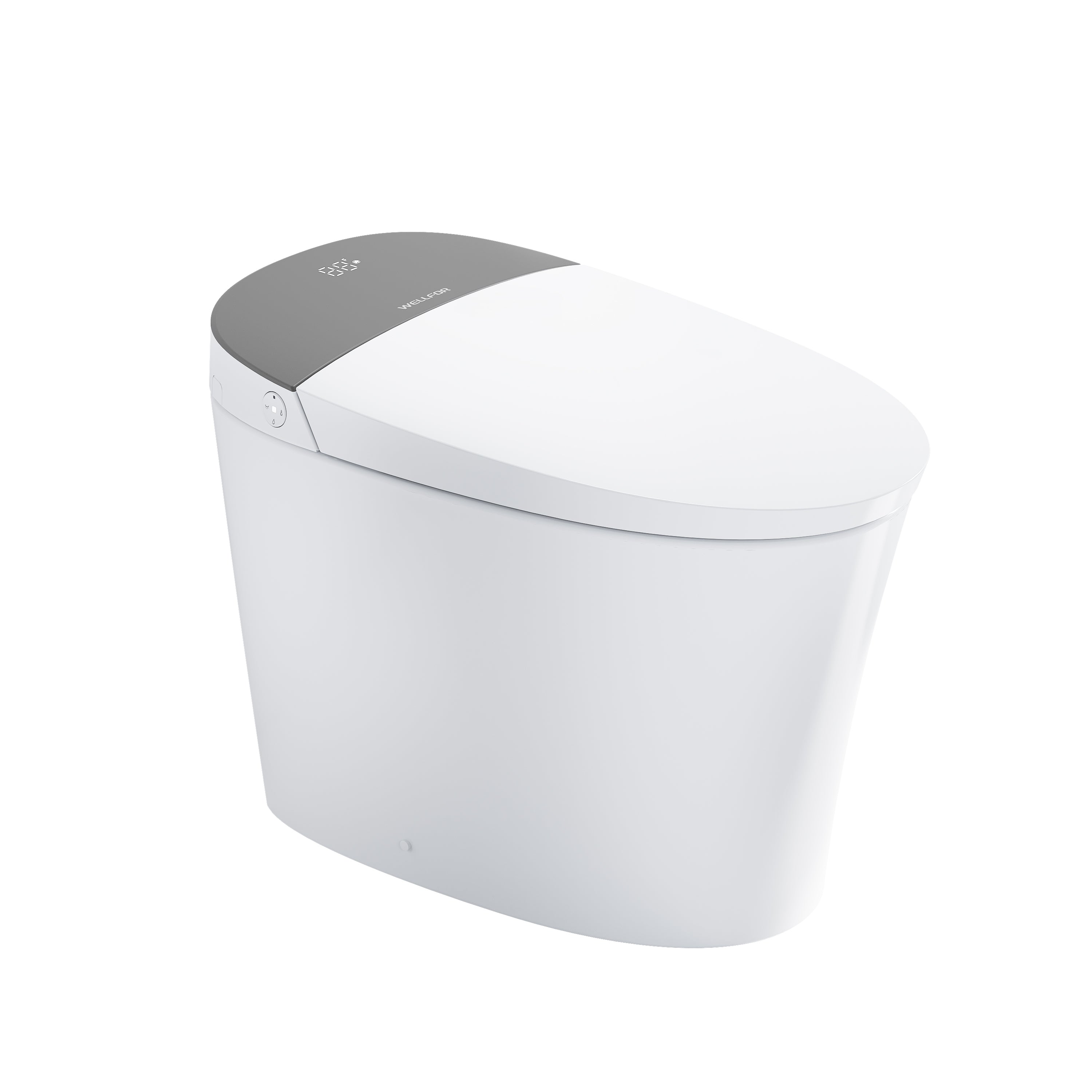
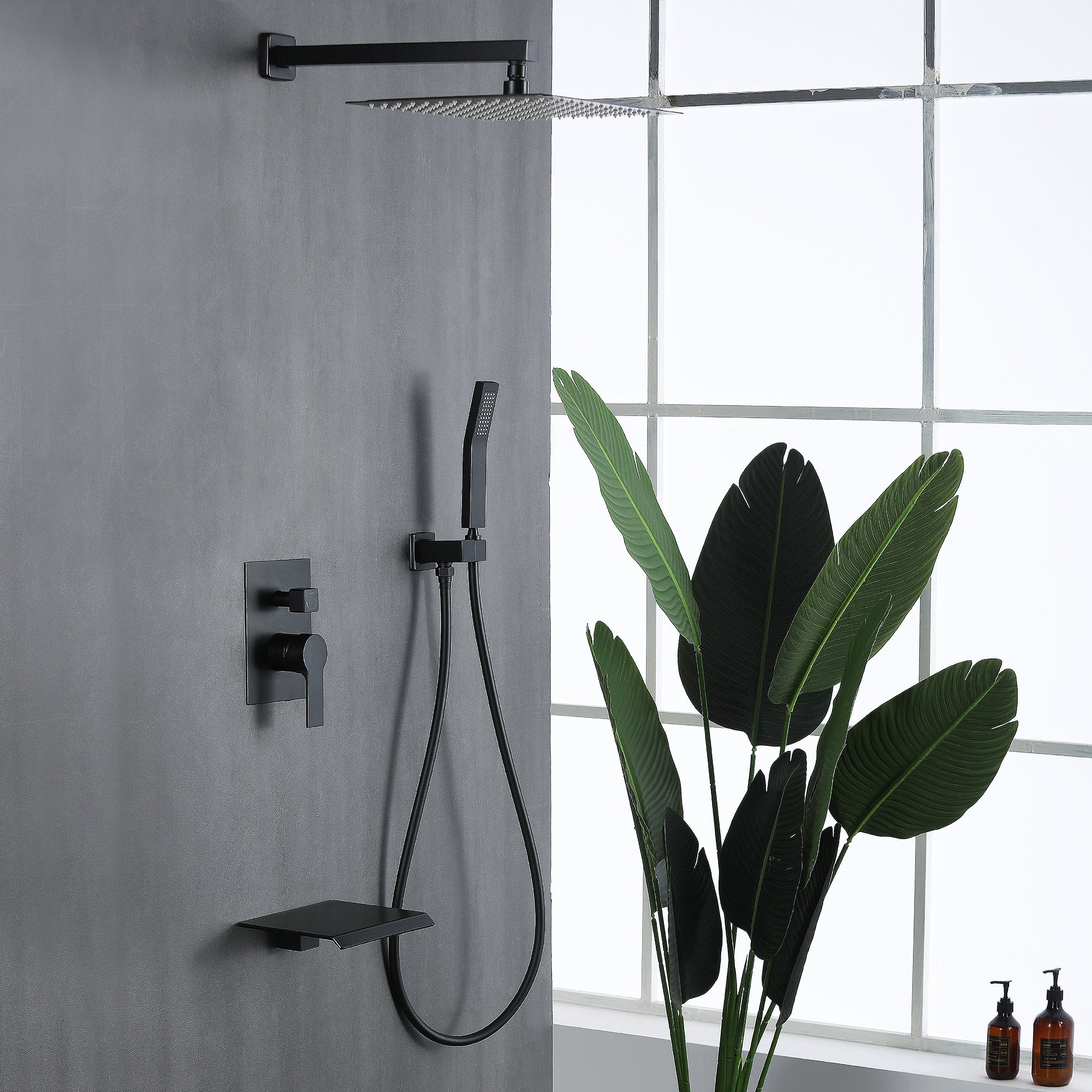
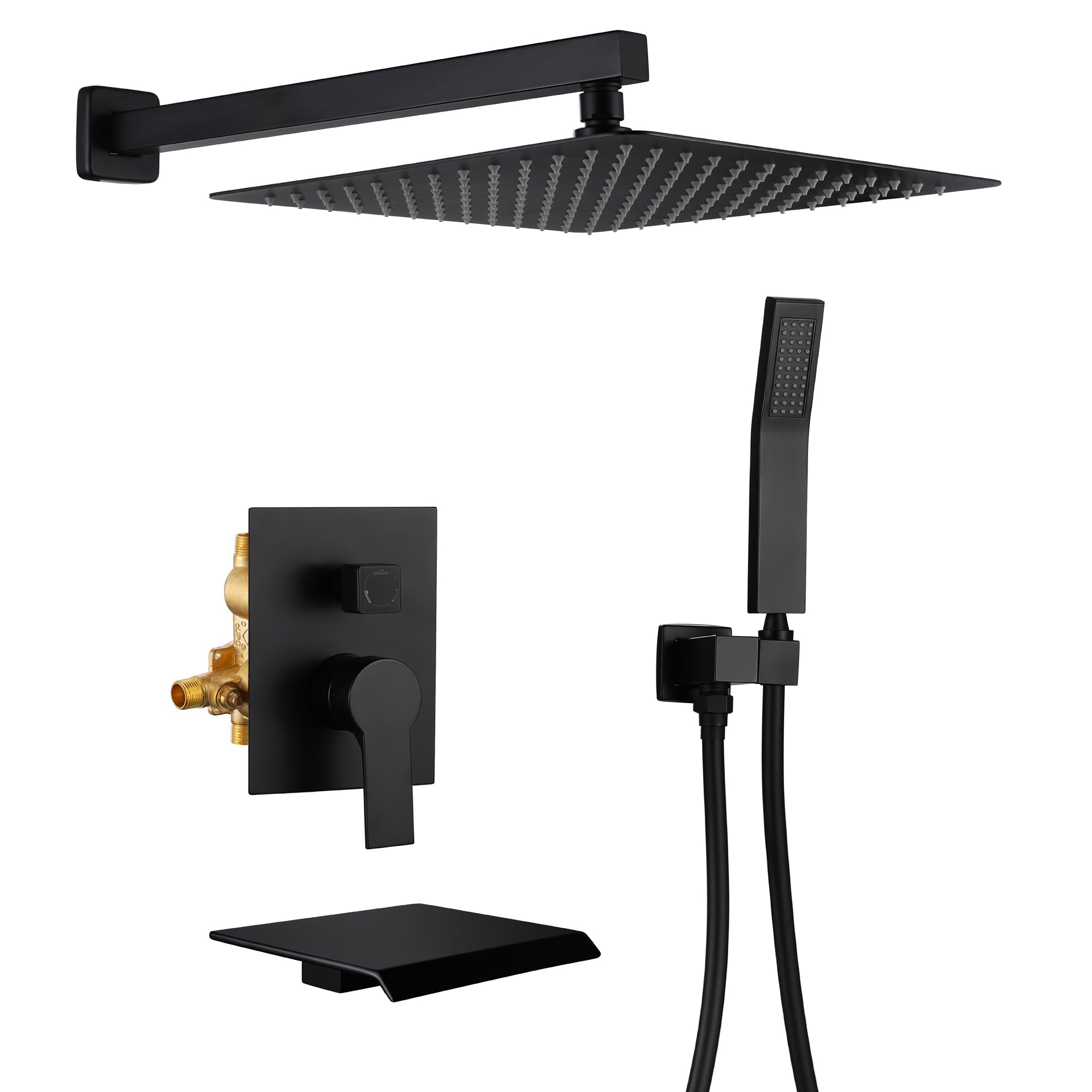
Leave a comment
This site is protected by hCaptcha and the hCaptcha Privacy Policy and Terms of Service apply.